At first glance, it's clear that the TCL A300 NXTVision wants to be more than just an ordinary television. It offers an image display mode that – unlike its competitors from Korea, Samsung The Frame – is completely free of charge. Additionally, like its rivals, freebies are included. In the package, in addition to the television, we find extra frames imitating light wood as well as a flat wall mount, allowing the television to truly resemble a gallery piece. In terms of everyday use, the Google TV system makes the biggest impression – it's extensive, fast, and offers access to a vast number of applications. And if we feel like stepping out of the digital museum and jumping straight into the gaming world, the A300 can surprise us. Two HDMI 2.1 ports, 144 Hz, VRR, ALLM, and very low input lag mean that even demanding gamers can feel at home here. Well... maybe except for those who are sensitive to ghosting – because that's still one of the model's major issues. There are also downsides. Although the picture mode is free – and that's worth appreciating – the quality of the available graphics clearly falls short of what Samsung offers in its paid ART Store. The images displayed resemble photos rather than realistic reproductions of artworks. Unfortunately, the A300 – like the competing Hisense S7NQ – performs poorly in this regard and additionally has some software issues. The brightness of the television itself also leaves much to be desired – it is the darkest television of the entire “frame trio,” which translates to average experiences during the day and limited HDR effects. Nevertheless, the TCL A300 NXTVision is a quite reasonable alternative to Samsung The Frame or S7NQ – especially if we are looking for a more affordable solution without additional fees for access to the "gallery" mode and with an operating system that doesn't limit us in terms of the number of applications. However, it should be noted that this is a proposition with a lot of compromises. If we want to save a bit and aren’t expecting top-end picture quality, then the A300 could be a picture-perfect choice. Otherwise, it’s worth looking at its competition.
- Matching (Score)
- Our verdict
- TV appearance
- Where to buy
- Contrast and black detail
- HDR effect quality
- Factory color reproduction
- Color reproduction after calibration
- Smoothness of tonal transitions
- Image scaling and smoothness of tonal transitions
- Blur and motion smoothness
- Console compatibility and gaming features
- Input lag
- Compatibility with PC
- Viewing angles
- Daytime performance
- Panel details
- TV features
- Apps
- Playing files from USB
- Sound
TCL A300W NXTVision vs LG QNED93A / QNED90A
Direct comparison
A300W / A300W PRO / NXTVision
QNED93A / QNED90A

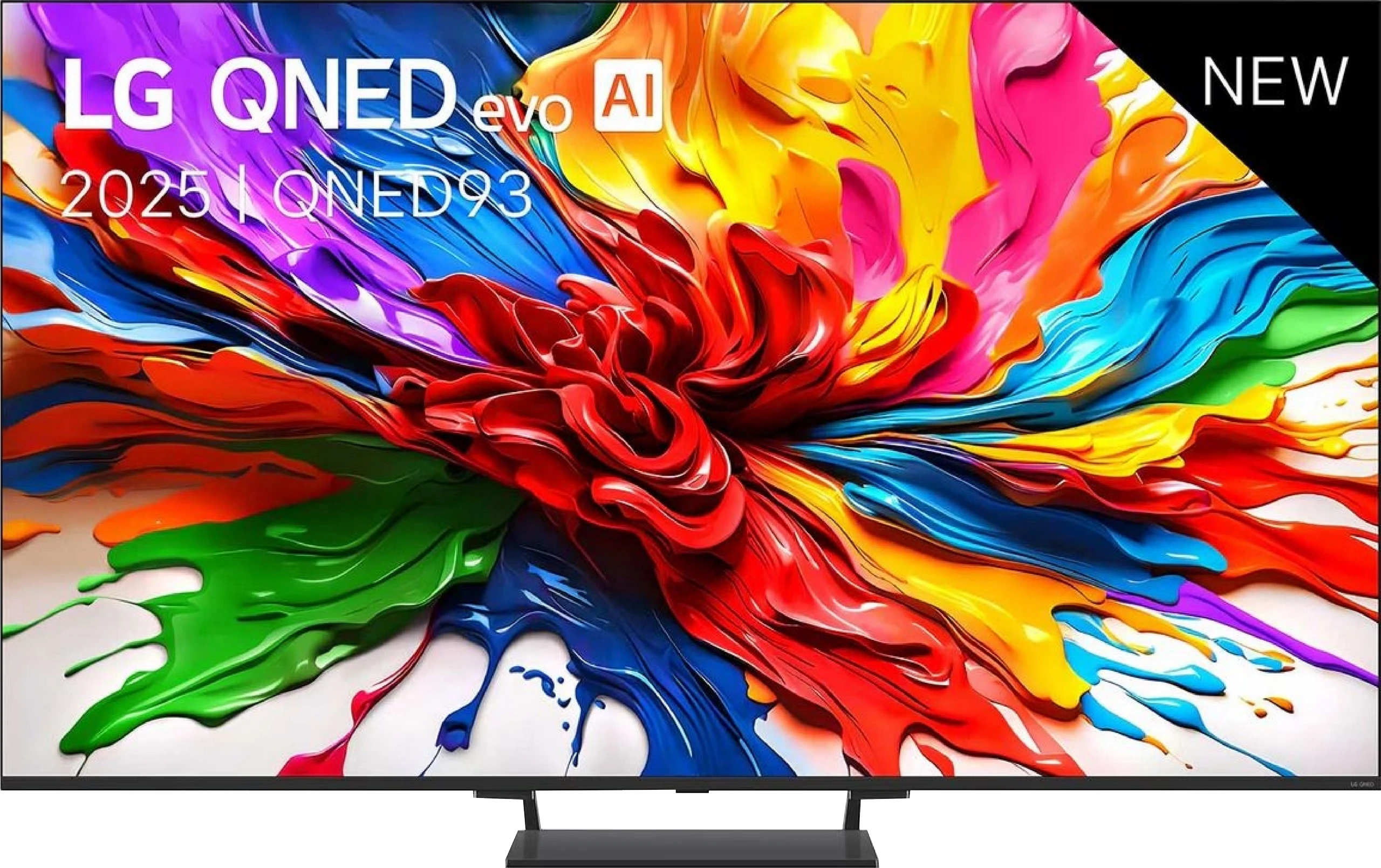
Panel type: LCD VA
Resolution: 3840x2160
System: Google TV
Model year: 2024
Complete the survey to find out the result

Panel type: LCD VA
Resolution: 3840x2160
System: WebOS
Model year: 2025
Complete the survey to find out the result

Overall rating
6.5
7.3
Movies and series in UHD quality
6.3
6.8
Classic TV, YouTube
6.0
6.9
Sports broadcasts (TV and apps)
5.9
6.8
Gaming on console
8.2
8.5
TV as a computer monitor
8.2
8.6
Watching in bright light
4.7
6.2
Utility functions
7.0
8.2
Apps
9.6
9.1
Sound quality
6.0
6.9
Complete the survey to find out what fits your preferences
Advantages
Frames styled like a painting included
Mount included
VA matrix with decent contrast
Supports all popular HDR formats, including Dolby Vision and HDR10+
Great for gamers: VRR, G-Sync, ALLM, low input lag
High refresh rate - 144Hz
Free "picture mode"
Supports DTS:X and Dolby Atmos
GoogleTV operating system with the largest app base
Quite good contrast
High number of dimming zones
Good HDR brightness (about 1400 nits)
Wide color gamut coverage (about 96% DCI-P3)
144 Hz mode and a full set of gaming features (HDMI 2.1, VRR, ALLM, G-Sync, FreeSync, HGiG, Game Bar)
Low input lag (7 ms at 120 Hz)
Good compatibility with PC, including 144 Hz and readable fonts
WebOS with a rich selection of apps and voice control
Magic Remote
Quite effective upscaling and image processing tools - great for older content like antenna TV or YouTube
Disadvantages
Low brightness
Motion blur issues
Missing USB recording feature or PiP
Worse image quality in "art mode" than Samsung The Frame
Colors and blacks significantly fade under sunlight
No VESA standard
Software bugs
Local dimming algorithms need refinement
Very average viewing angles
Dolby Vision does not bring a noticeable improvement over HDR10
Our verdict
LG QNED93A is a television that, at first glance, appears to be a solid step forward compared to previous LCD models from this brand. On paper, we get a lot: a significantly larger number of dimming zones, a 144 Hz refresh rate for gamers, support for all HDR formats, including Dolby Vision, and WebOS with a new Magic remote, which still ranks among the most user-friendly operating systems. The QNED93A shines the most in gaming applications. Four fully functional HDMI 2.1 ports allow you to connect consoles and computers without any limitations, and the low input lag is maintained at both 120 and 60 Hz. For PC gamers, an additional advantage is the 144 Hz mode and full compatibility with G-Sync and FreeSync. So, it can be confidently said that in terms of gaming features, the QNED93A does not have any complexes compared to the competition. Another strong point is WebOS. LG's system has long been regarded as one of the most convenient for everyday use, and this is confirmed here. Everything is clear, and the Magic remote allows you to control the television like a mouse pointer – quickly and intuitively. Brightness can also be considered a plus. At its peak, it manages to achieve results close to 1400 nits. This is enough to ensure the picture doesn't fade in brighter rooms and that special effects in movies or games look convincing. The image processor does a good job of upscaling older content – television or films in lower resolutions appear clearer and sharper than on many competing screens.
However, it cannot be denied that the biggest problem with the QNED93A is the local dimming algorithms. In scenes full of black, the screen can darken significantly, causing many details to simply disappear. The effect is such that contrast looks better at first glance but comes at the expense of information that should be visible. An additional problem is the Dolby Vision mode, which typically enhances certain aspects of screens, but in this case, changes very little. The differences between dynamic and static metadata must literally be searched for with a magnifying glass. This is simply disappointing because the hardware, with its number of dimming zones and stronger backlighting, has the foundation for a better effect. So who is the LG QNED93A for? It is a television that works brilliantly as a home entertainment center, especially if you're thinking about gaming on a console or PC. In everyday television viewing and movie watching in well-lit conditions, it also provides a lot of satisfaction thanks to its high brightness and solid image processor. However, one must accept that in scenes with a lot of black and when fully utilizing HDR, this model does not match its competitors. LG has shown that it can create a very solid LCD screen, but it is also evident that not everything has been polished as it has in their OLED televisions.
TV appearance






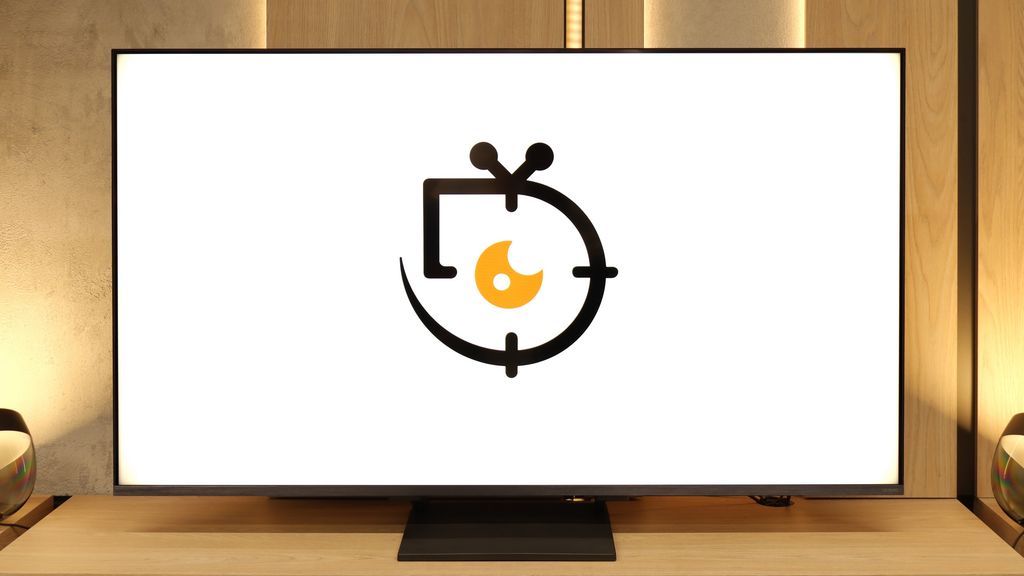
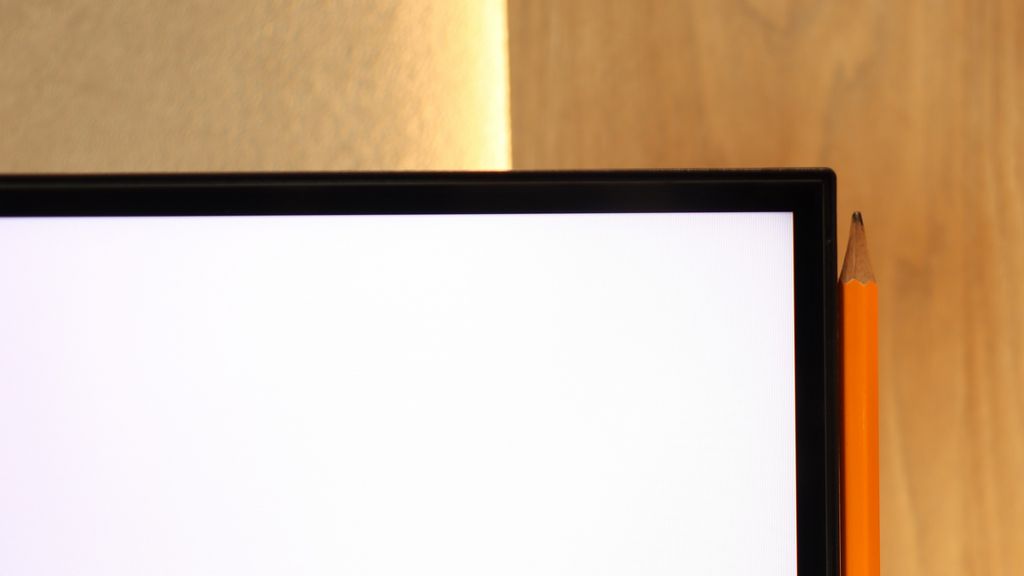
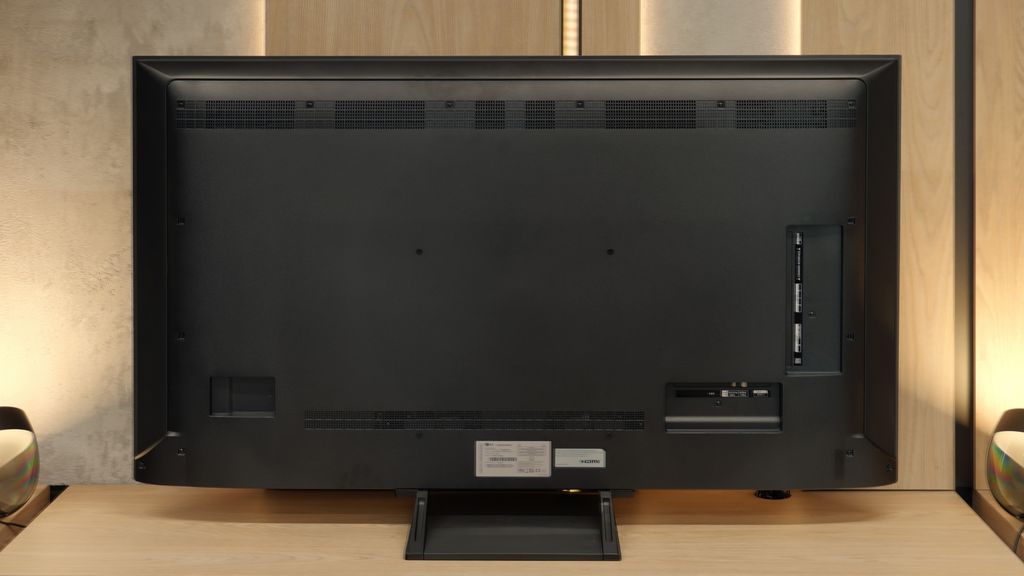
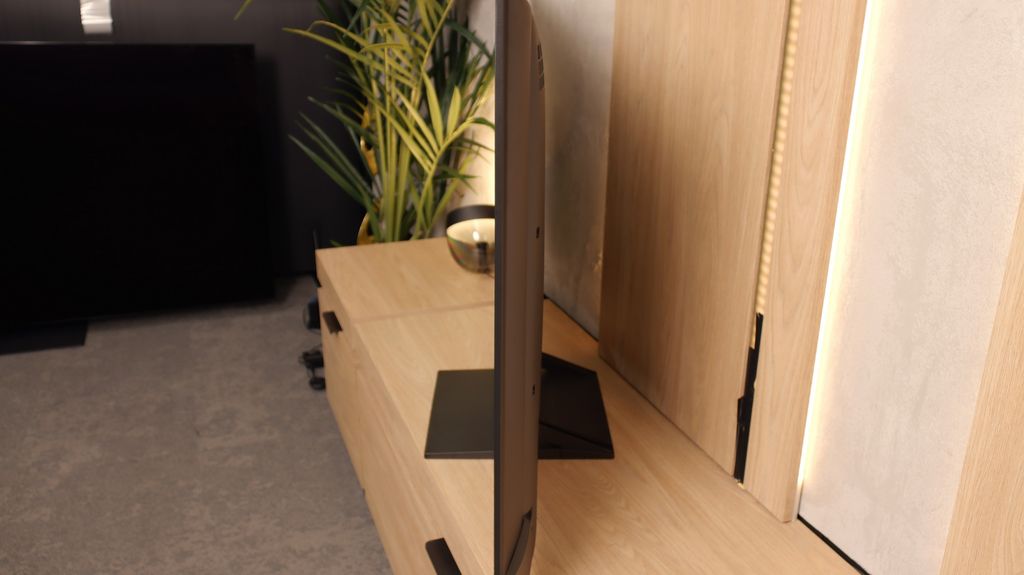
Contrast and black detail
5.5/10
7.3/10
Local dimming function: No
Local dimming function: Yes, number of zones: 308 (14 x 22)
Contrast:

Result
5,000:1

Result
5,450:1

Result
3,800:1

Result
4,000:1

Result
3,950:1

Result
130,500:1

Result
30,950:1

Result
15,250:1

Result
6,750:1

Result
4,600:1
Halo effect and black detail visibility:

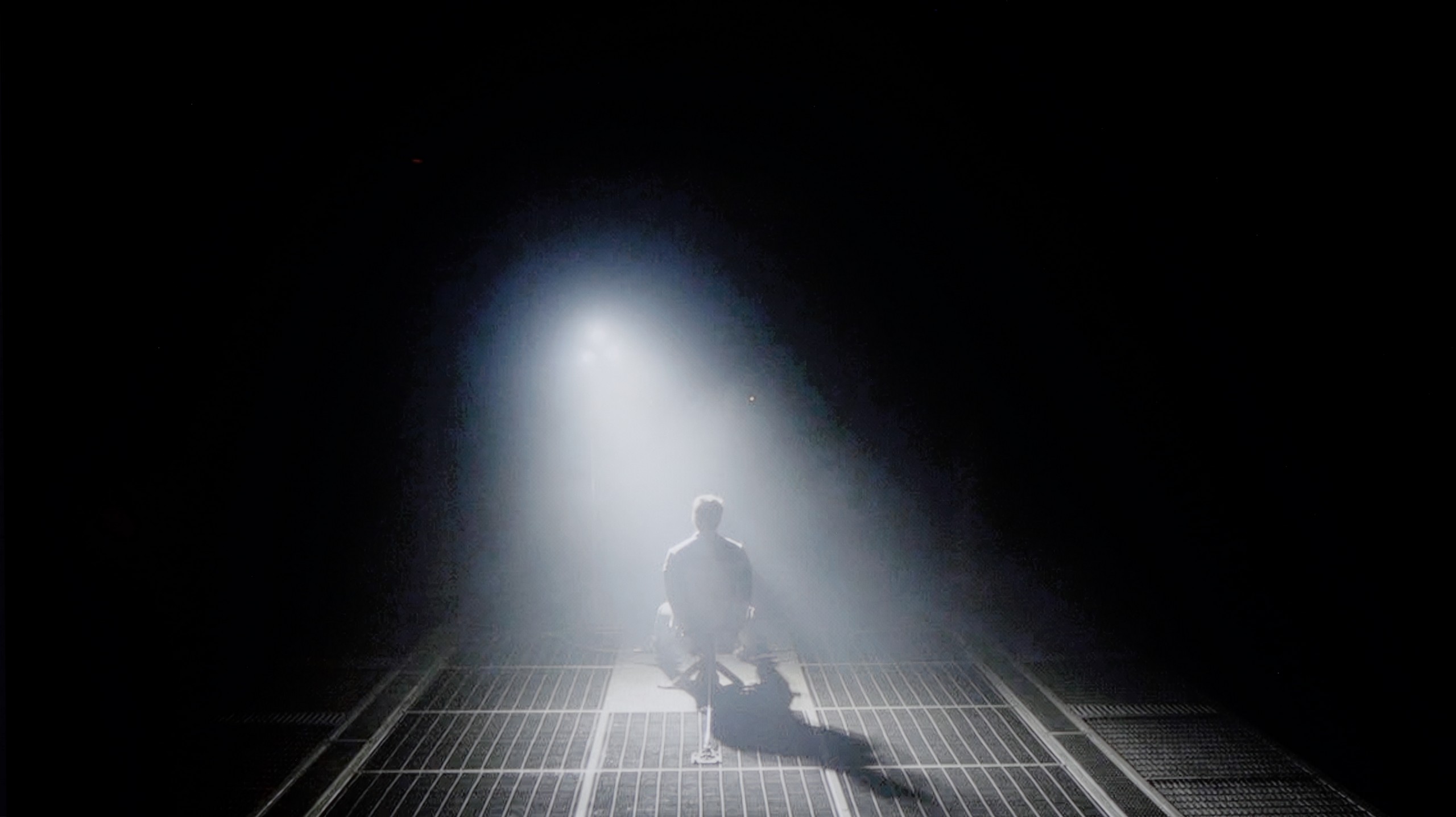
TCL A300, also known as NXTVision, uses a VA panel, so right from the start, decent contrast could be expected. In our test patterns, the television did indeed show typical results for this type of panel – in the best case, the contrast reached about 5000:1, which is not a bad result for this segment.
However, it should be noted that the model is not equipped with any local dimming technology, which unfortunately shows in practice. Black, although at times quite deep, often shifts to blue or gray – especially in darker scenes. In short: for a television without local dimming, it's not bad, but there’s no point in comparing it to models that already have that feature on board.
We took a close look at the 55-inch version of the LG QNED93A, equipped with a high-contrast VA panel. However, in the case of Mini-LED TVs, it's not just the panel itself, but primarily the number and operation of local dimming zones that determine the final effect. In this model, we counted as many as 308 zones, which already looks impressive from the start. For comparison – last year's QNED91T in the 65-inch variant had only around 160. The difference is enormous and shows that LG has made a significant step forward in this technology. On paper, it looks great, but practice quickly dampens the enthusiasm. The contrast in the QNED93A can indeed impress – bright elements are clearly separated from black, and in many scenes, the depth effect truly pleases the eye. The problem is that despite such a significant improvement in backlight construction, the results are not much better than in last year's model. The algorithms controlling dimming can be too aggressive. This is especially noticeable in darker sequences, where the screen dims to such an extent that subtle details disappear from view. Many viewers will appreciate the stronger black, but it is hard to ignore that this comes at the expense of the director's intentions. The most problematic are scenes with many small, bright elements. It is during these moments that typical halo effects, or glowing outlines, associated with LCDs featuring local dimming zones appear around them. This phenomenon does not completely ruin the experience, but it serves as a reminder that even with an increased number of zones, local dimming still has its limitations. Ultimately, the contrast in the QNED93A can be considered good, but we have the impression that the manufacturer did not pay enough attention to optimizing the new model when it comes to black and contrast.
HDR effect quality
5/10
5.8/10
Luminance measurements in HDR:

Result
357 nit

Result
348 nit

Result
338 nit

Result
350 nit

Result
389 nit

Result
1330 nit

Result
219 nit

Result
678 nit

Result
160 nit

Result
1016 nit
Scene from the movie “Pan” (about 2800 nits)

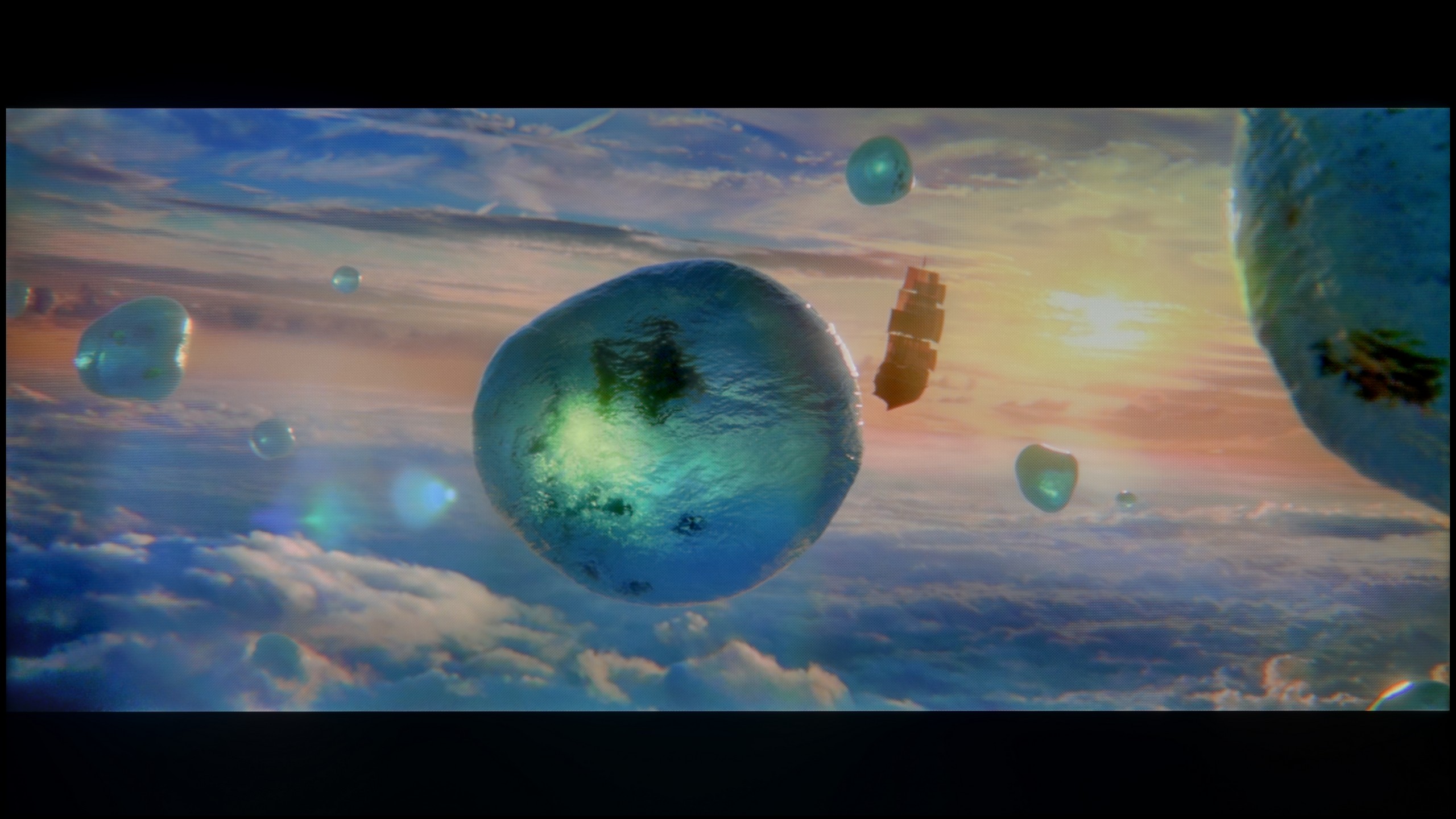
Scene from the movie “Billy Lynn” (about 1100 nits)

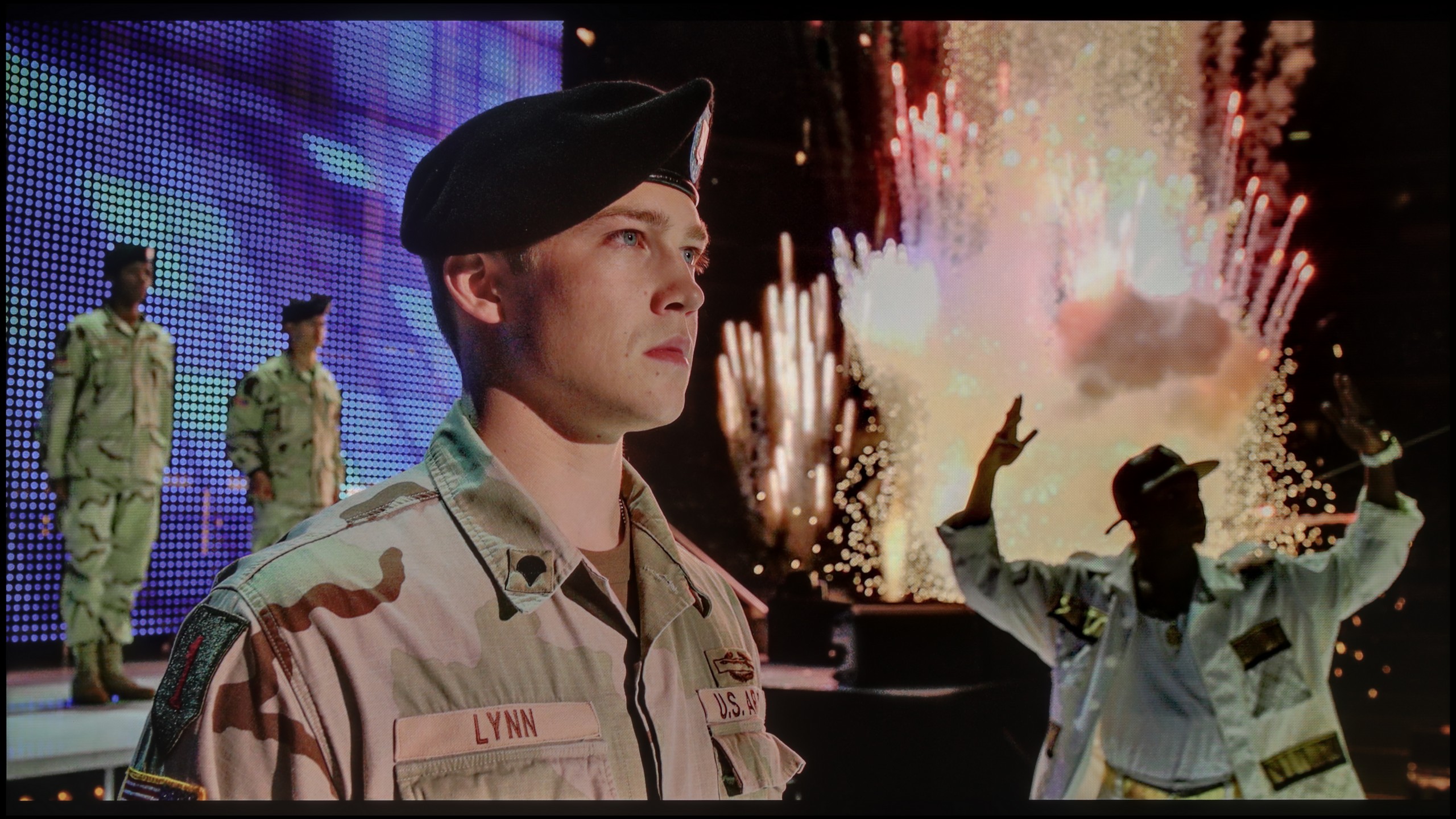
Static HDR10


Dynamic: Dolby Vision
Dynamic: Dolby Vision


HDR luminance chart:
LG QNED93A / QNED90A
HDR luminance
TCL A300W NXTVision
HDR luminance
When it comes to brightness, the TCL A300W is definitely the darkest TV among all frame-style models, such as Samsung The Frame or Hisense CanvasTV – and unfortunately, this is immediately noticeable. In our measurements, the peak luminance reached only about 400 nits, and on test film screens, this value dropped to 350 nits. This is definitely too little to feel the true "magic" of bright HDR effects. As a consolation – the TV is equipped with a PFS LED coating (which is something like QLED), which provides very good coverage of a wide color palette, both DCI-P3 and BT.2020. Additionally, there is full support for all popular HDR formats – HDR10, HDR10+, HLG, and Dolby Vision – which somewhat compensates for the shortcomings in brightness and helps improve the overall perception of materials in this quality.
Although the number of local dimming zones in the LG QNED93A did not directly translate to a noticeably better contrast, one cannot deny that this model is brighter than its predecessor. In synthetic tests, we recorded values around 1400-1500 nits, and more importantly, these results are reflected in real movie scenes. In full-screen sequences flooded with white or bright lights, the screen was able to maintain high luminance, which produced a truly decent incredible HDR effect. Unfortunately, where the television could show its true class, namely in scenes that require precision, all the magic evaporates. The dimming algorithms we mentioned earlier are aggressive enough that small bright objects—such as distant lights, stars, or the moon—can almost completely disappear. Just look at the test scenes from the movie Pan or Sicario 2 (screens 2 and 4) to see how subtle details are dimmed to the brink of visibility. It's a shame, because a greater number of zones could theoretically lead to significantly better results. Fortunately, there are also stronger points. The QNED93A performs well in terms of color gamut coverage, achieving around 96% of the DCI-P3 standard. As a result, colors in movies look vivid and full, and the picture does not lose intensity even in more demanding scenes. So it can be said that the HDR in this model is solid, although the unfinished local dimming algorithms hinder its full potential.
Factory color reproduction
5.9/10
6/10


Factory Mode
After calibration
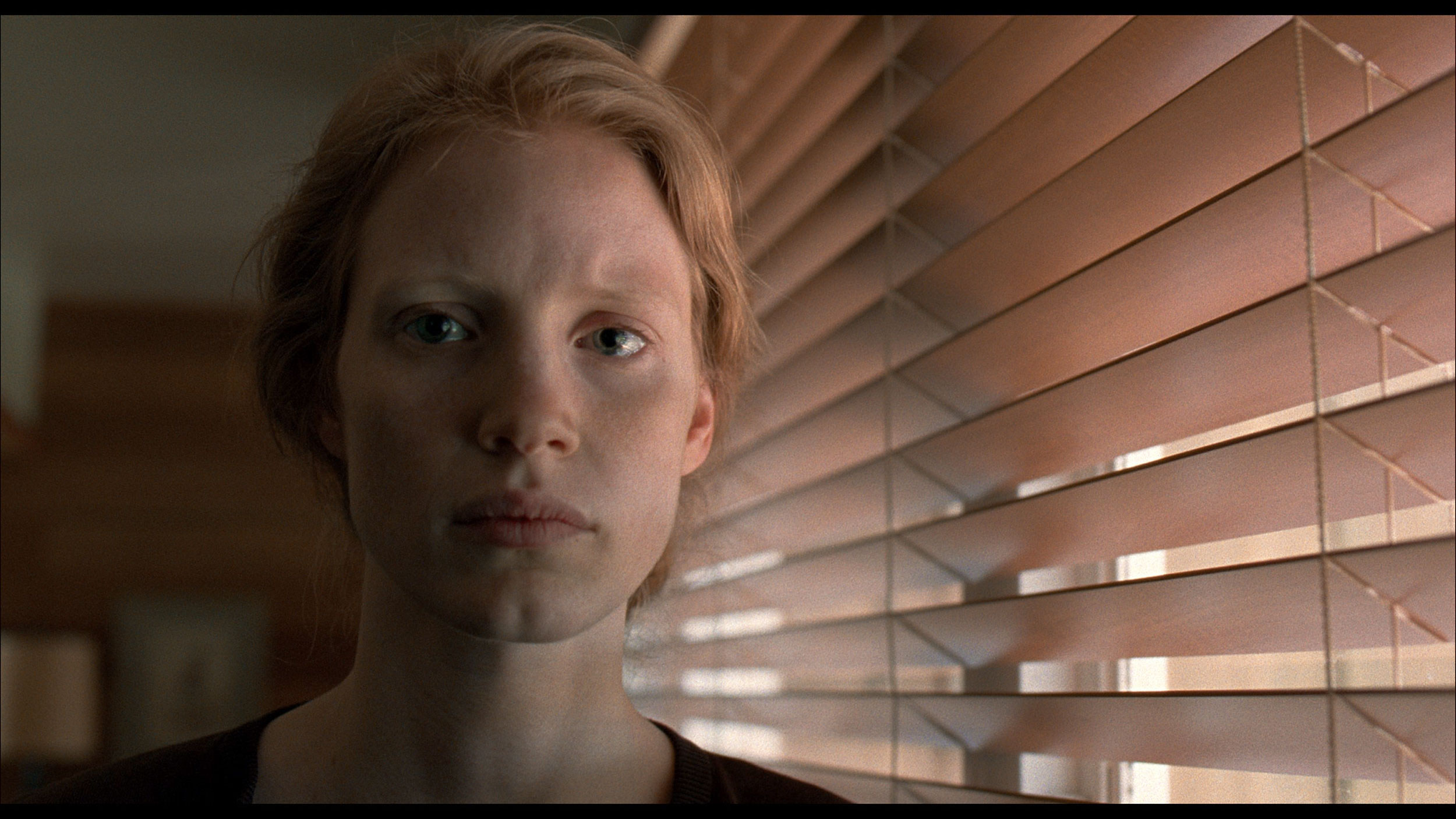
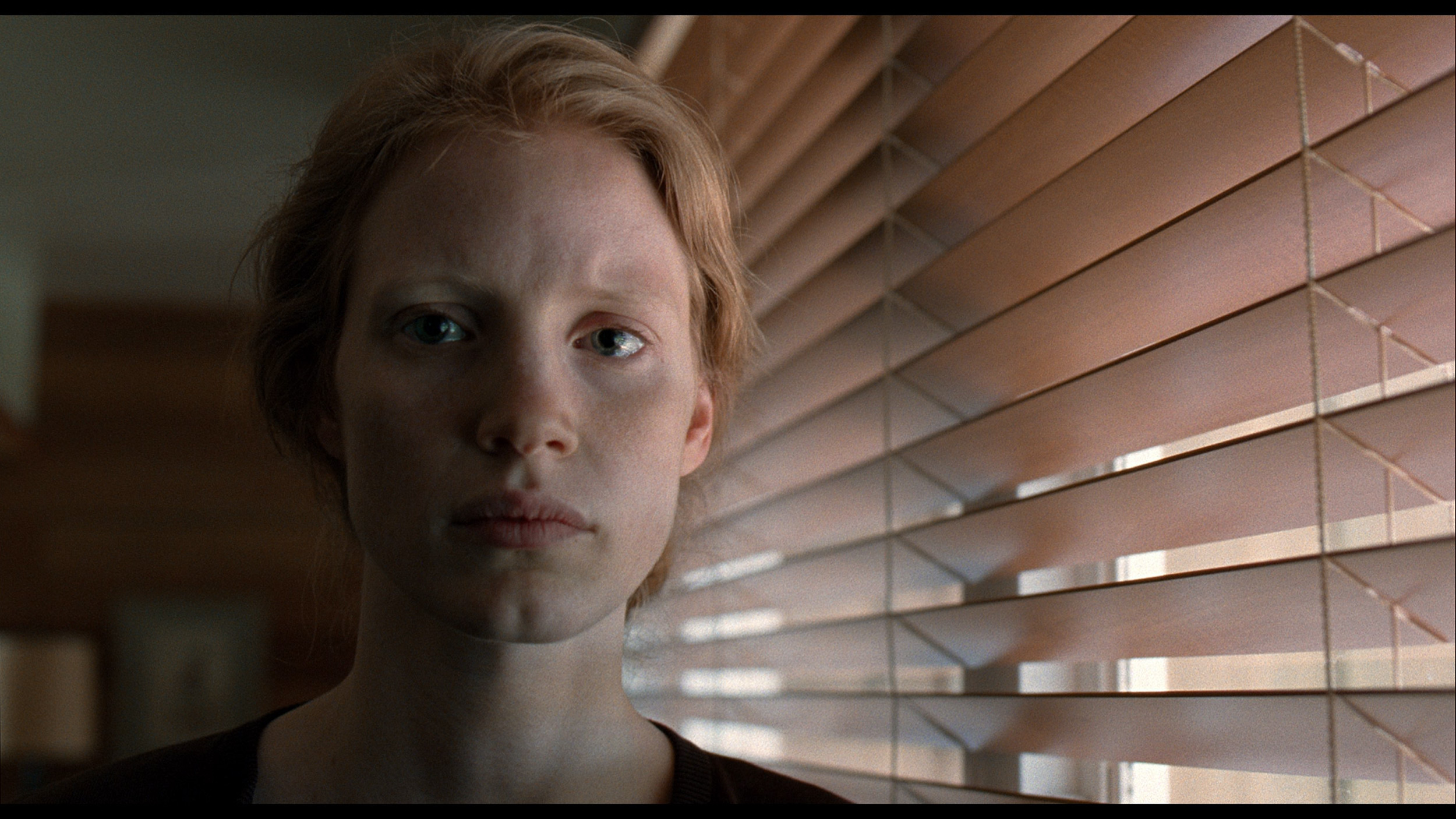
Factory Mode
After calibration
TCL A300 offers several picture modes, but without a doubt, the movie mode performs the best. Unfortunately, although it is the best choice among the available options, it is not free from errors. Both in HD and HDR content, the image has a noticeably too warm tint – leaning slightly towards pink, which is particularly noticeable in snowy scenes. Instead of pure white, we get a pinkish hue that spoils the natural perception of colors.
The brightness management doesn't perform well either. For older HD materials, the image often seems too dark – as confirmed by the inflated gamma value. Conversely, with HDR content, the effect is reversed – the image is overly brightened, which we observed in scenes from the movie Pan. This lack of consistency also affects color reproduction accuracy – a test with the ColorChecker showed that many samples deviate significantly from the reference values.
Fortunately, TCL allows manual adjustment of the settings, so we decided to check how the television would perform after our professional calibration. The effects of this correction are described below.
In movie mode (specifically Filmmaker), color reproduction on the QNED93A was relatively accurate, although it wasn't without critiques. In SDR content, white balance leaned towards warmer tones, resulting in a slight yellowing across the entire screen. Gamma, on the other hand, led to a slight brightening of the image, making it look a bit less natural, especially in scenes requiring precise shading (this is evident in the comparison picture). This isn't a problem that immediately stands out to every viewer, but more discerning individuals may feel that the picture deviates from the aesthetic intended by the filmmakers. In HDR materials, the situation looked somewhat different. The white balance presented itself quite well here, ensuring that whites didn't lean towards pink or unwanted shades of green. However, brightness management proved to be an issue. Analysis of the EOTF curve revealed that at certain moments the television can be noticeably too dark where it shouldn't be, losing some detail and reducing the realism of scenes. This detracted from the experience of HDR effects, which were theoretically supposed to be the most impressive. For this reason, we decided to carry out calibration.
Color reproduction after calibration
8/10
7.8/10

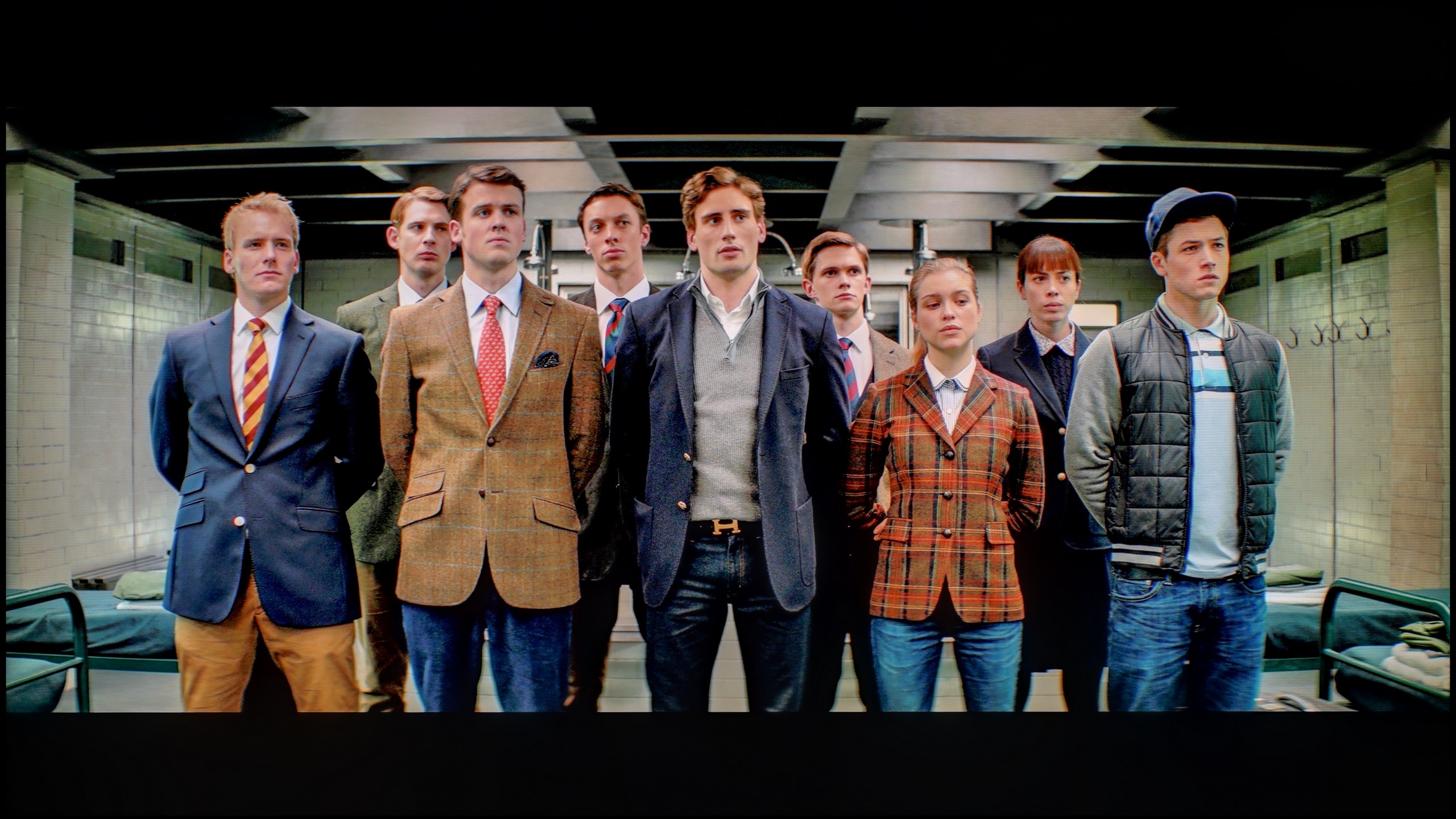

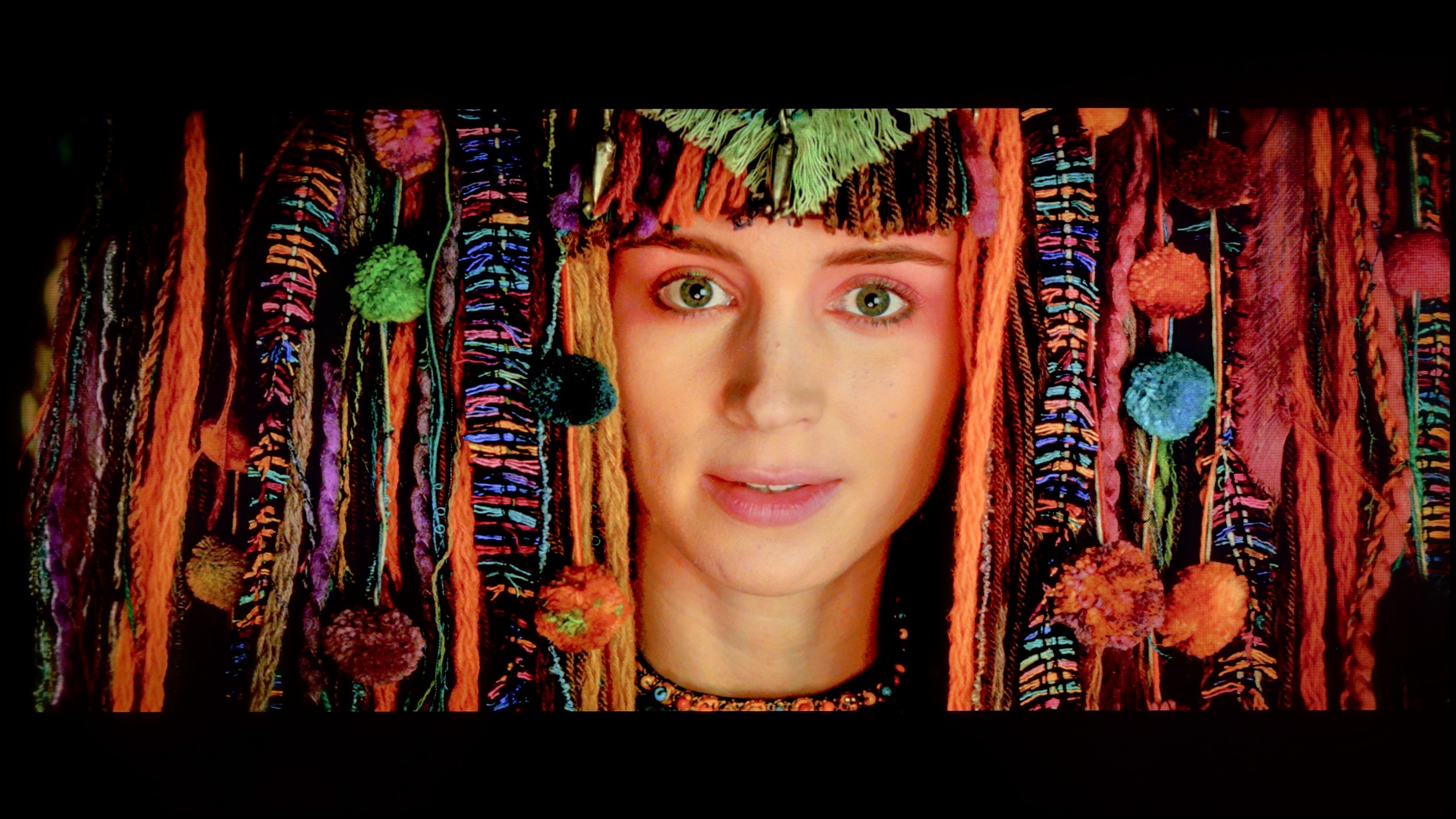
After our professional calibration, the TCL A300 literally got a new lease on life. The image is no longer too warm, and the colors finally look the way they should – which was confirmed by the ColorChecker test, where the color samples finally started hitting their marks, at least to some reasonable degree. It was also possible to partially correct the brightness management – the image is now more balanced and less "wobbly" between different types of content. Of course, certain limitations cannot be overcome – a slightly noticeable blooming effect still occurs, but that's a characteristic of the technology, not something that can be eliminated even after professional settings.
Generally: after calibration, the A300 looks significantly better and gains a completely new quality.
After professional calibration, the Filmmaker mode on the QNED93A gained the most where it matters most in everyday use. It was possible to adjust the white balance and eliminate the yellowish tint in SDR content, which we watch most often – television, streaming services, or standard quality films. This makes colors look natural and pleasant, and the overall experience is much more comfortable. In HDR mode, we also made adjustments, but the biggest problem here turned out to be the EOTF curve. Although LG provides some leeway in the settings, the television still manages brightness on its own terms. It is evident that the local dimming algorithms are not entirely refined and can spoil the viewing experience by dimming parts of the image at inappropriate moments. Nonetheless, it is worth opting for calibration of this model, especially the mode intended for daily viewing.
Smoothness of tonal transitions
8.6/10
8/10





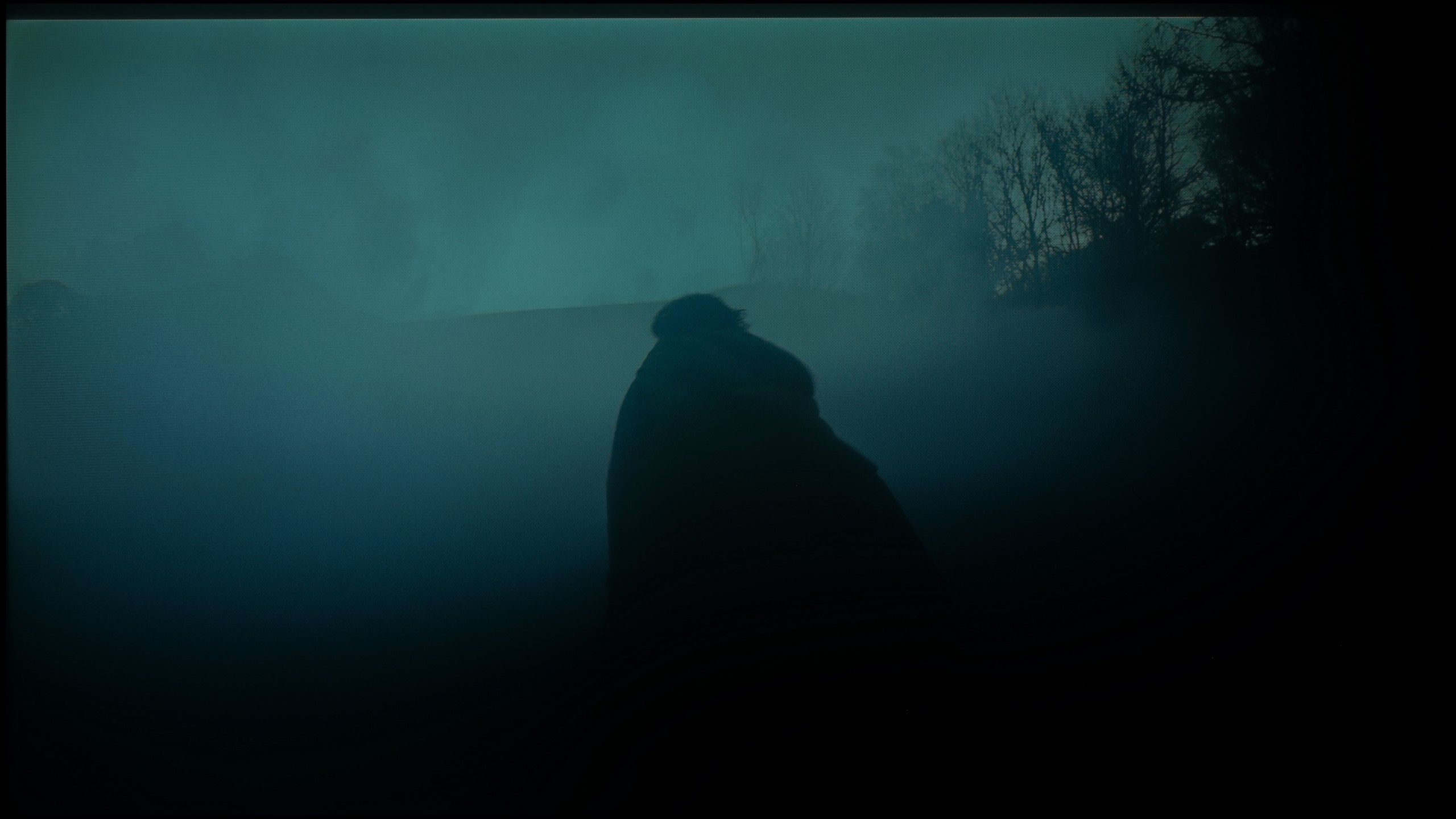

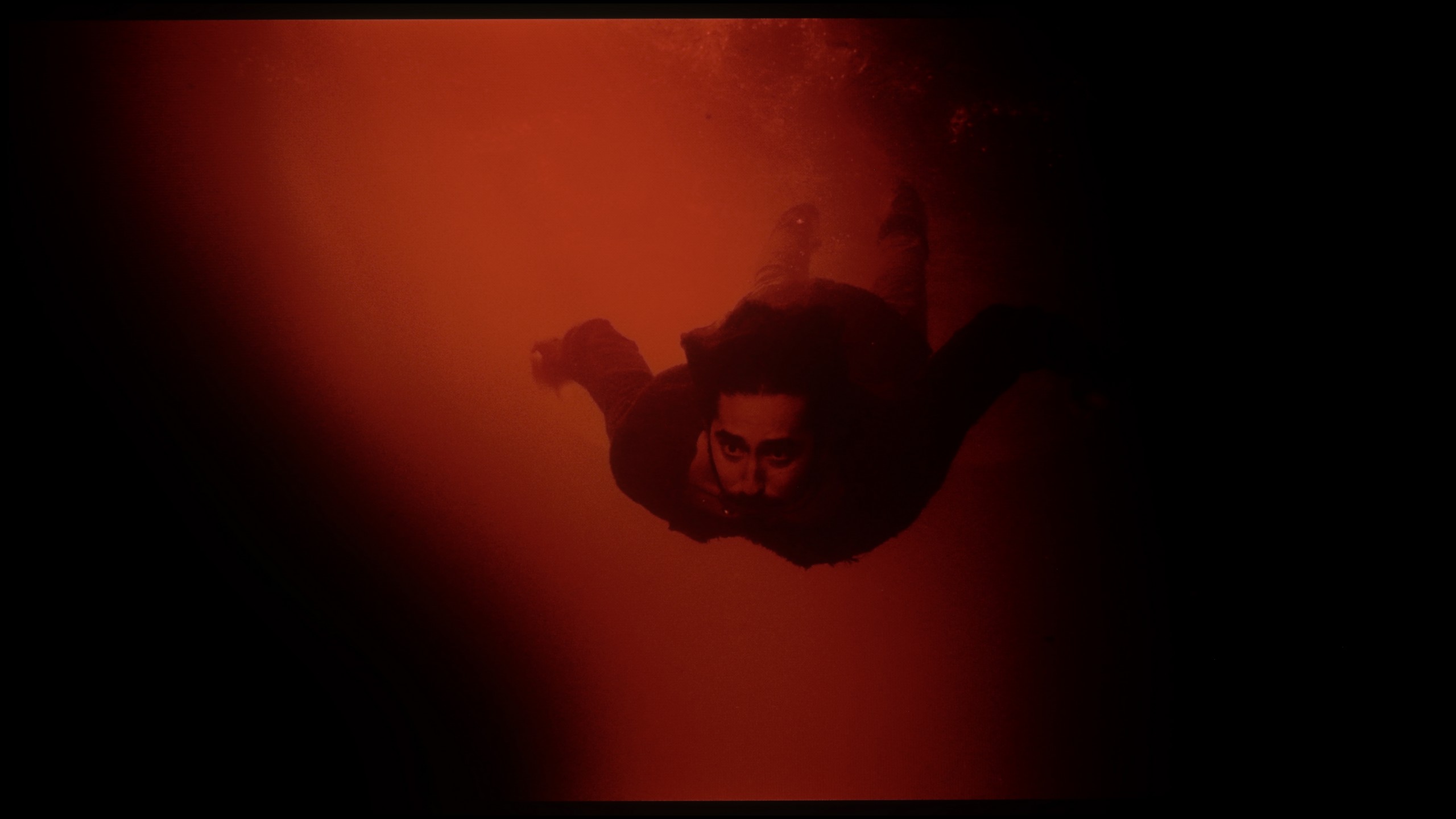




TCL A300 NXTVision is another frame-style television that really handles the smoothness of color transitions well. It's hard to find clear bands or sharp transitions between shades of the same color here – the overall look is natural and smooth.
However, it must be honestly admitted that among the three tested models (The Frame and S7NQ), TCL performs the weakest in this category. In darker and lighter scenes, delicate imperfections can be noticed. Nevertheless, looking at it as a whole, for a TV in this price range – it really presents itself solidly. It may not be the best among all, but it maintains a very good level.
The fluidity of tonal transitions in the LG QNED93A is really good. In most scenes, there are no artificial color divisions or banding effects. Dark shots are particularly surprising – this is where many TVs struggle, but here the image remains smooth and cohesive. In brighter sections, subtle color transitions can be observed, but they are not pronounced enough to draw significant attention. During testing, we encountered a clear issue with the DSE effect, also known as the "dirty screen" effect. On our unit, the phenomenon was strong enough that in bright scenes, the corners noticeably darkened, giving the image a vignetted appearance. This could be a flaw of the test unit, but during intense viewing, it was hard to ignore.
Image scaling and smoothness of tonal transitions
5.5/10
7.8/10
Smooth transition function

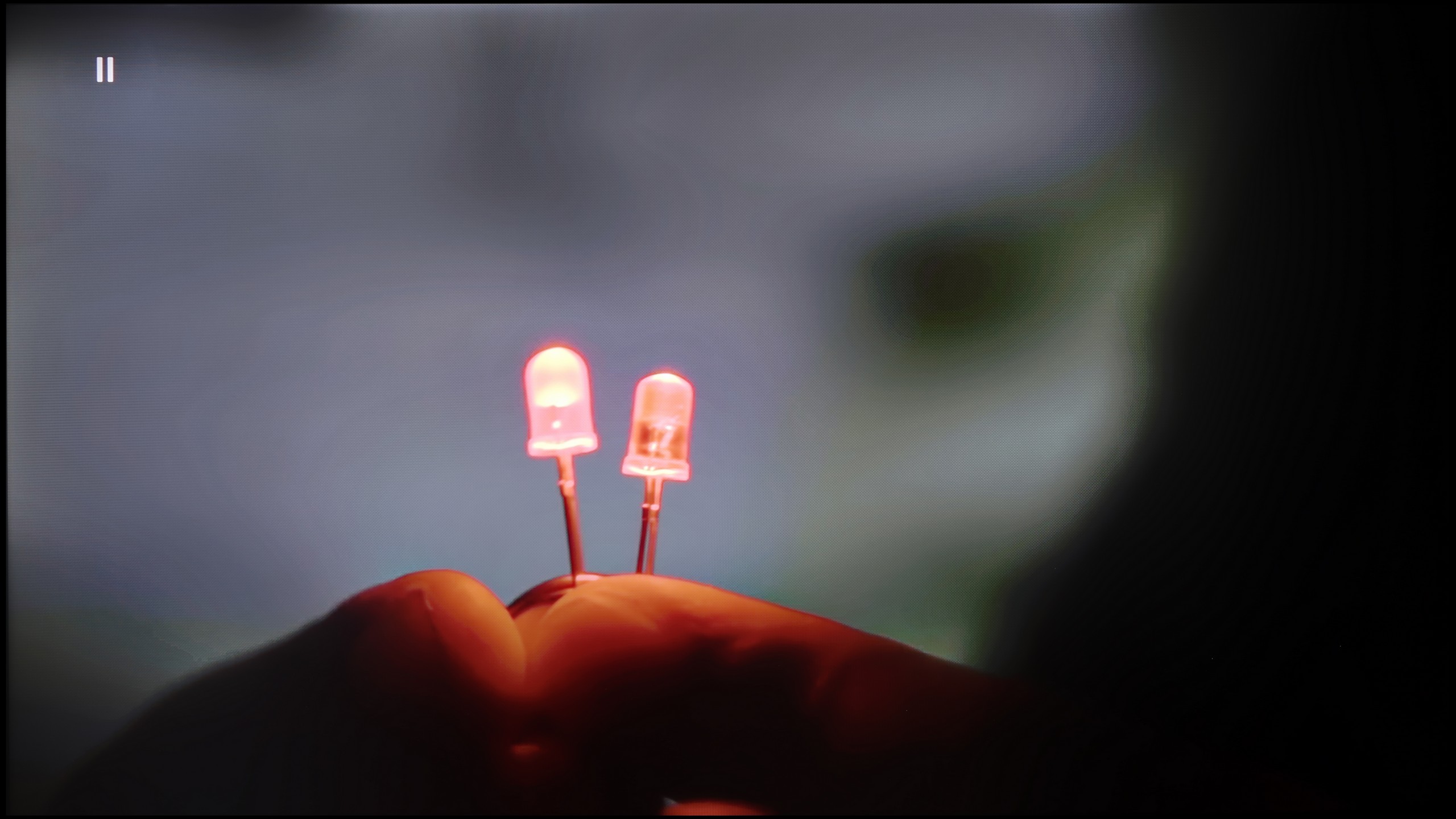
Image without overscan on the SD signal


TCL A300 handles tonal transitions in high-quality films very well, but the question arises – how does it perform with weaker materials? The television is equipped with a tonal transition smoothing feature, but its effectiveness can be described in one word: "random." In one scene it may work and improve the gradation, and when turned off… the effect remains the same. There is a lack of consistency and predictability.
Image scaling is also not one of the A300's strong suits. In the test pattern, the main character actually looked better than on the raw signal, but with thin lines – like fonts or background details – there was noticeable jaggedness and aliasing. On the plus side, the television does not cut off the image and has no issues with overscan, but the overall quality of scaling is rather average.
LG QNED93A proves to be a very solid television for everyday use. Its image processor handles scaling excellently, ensuring that even older movies or terrestrial television gain sharpness and detail. During the screening of "The Godfather," it's clearly visible how upscaling pulls extra details from the image – the characters' faces and the texture of the clothing appear much clearer than in the original material.
The digital image processing also deserves praise. The television is equipped with a function for reducing unwanted color banding and screen irregularities. It works best in the "Medium" setting – subtly smoothing tonal transitions without over-interfering with the image. This way, the natural film grain is preserved, and the screen doesn't appear unnaturally smoothed. Perhaps in some scenes, you can still notice slight color banding, but in practice, the effect is more favorable than with a stronger intervention from the algorithm.
Blur and motion smoothness
6.4/10
7.6/10

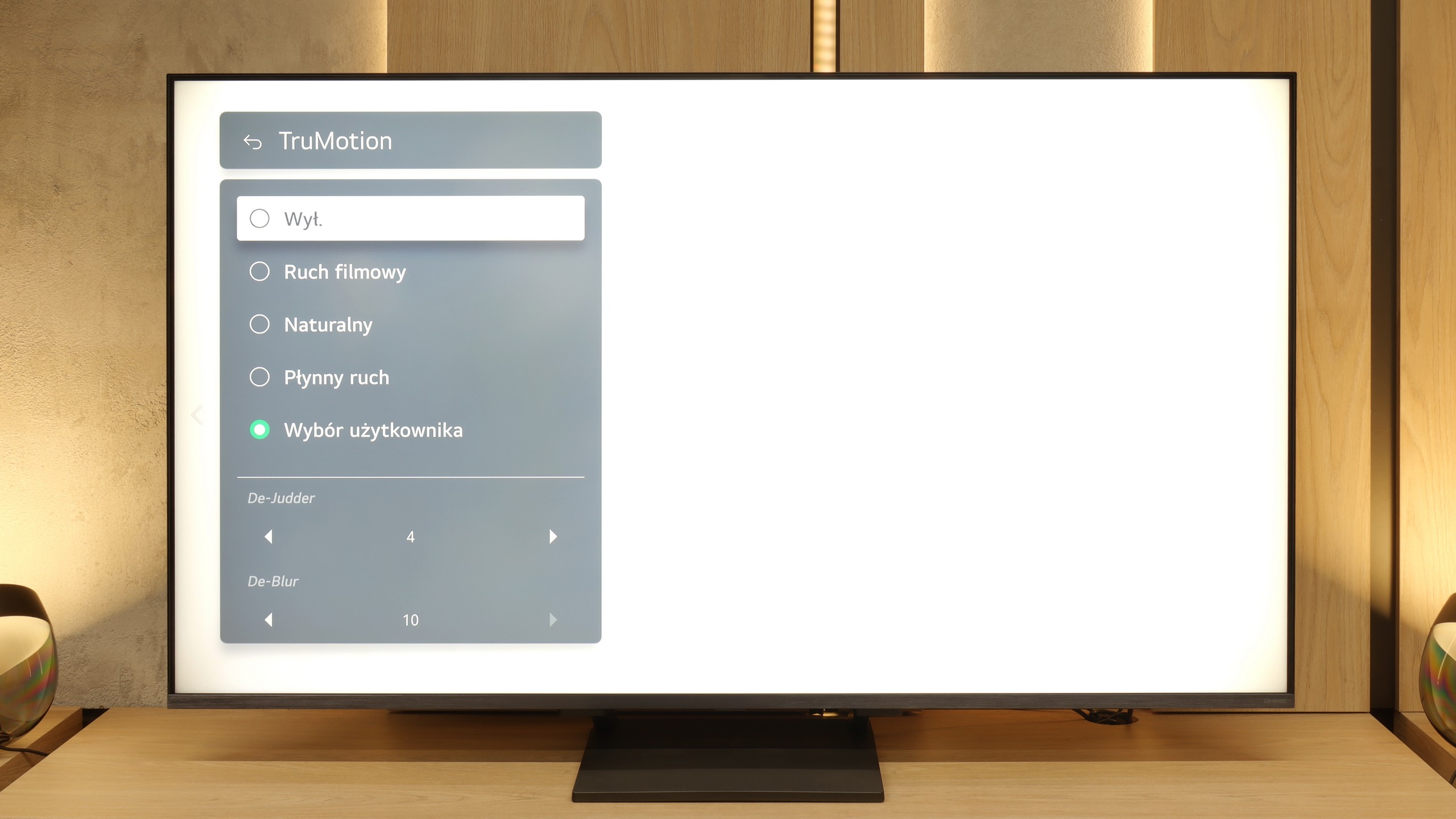
Blur (native resolution, maximum refresh rate):




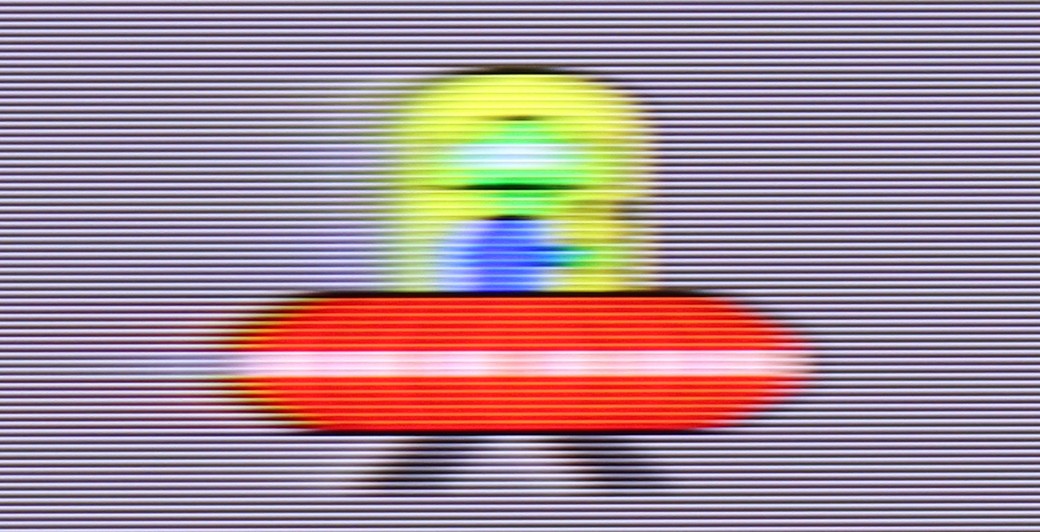
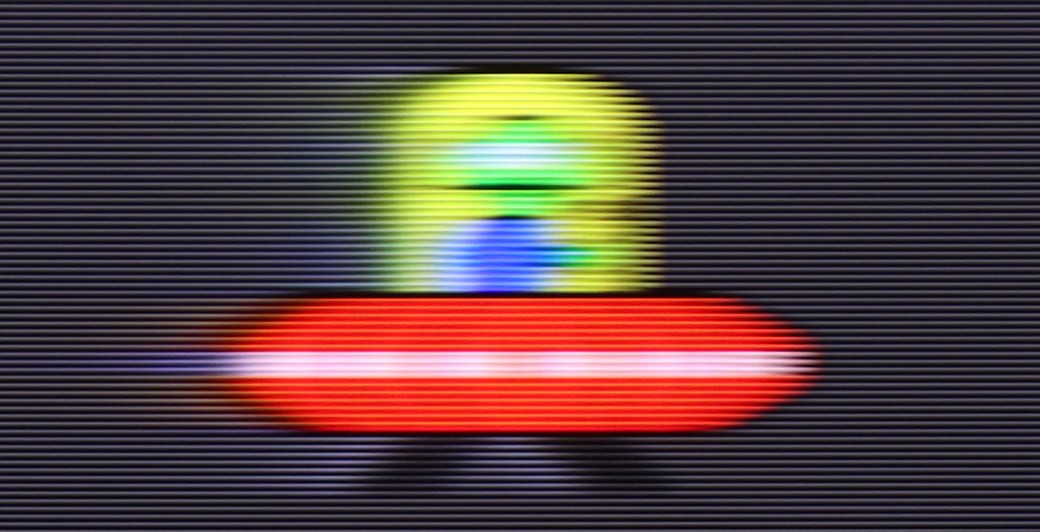
Blur (BFI function enabled):
Image flickers in this mode

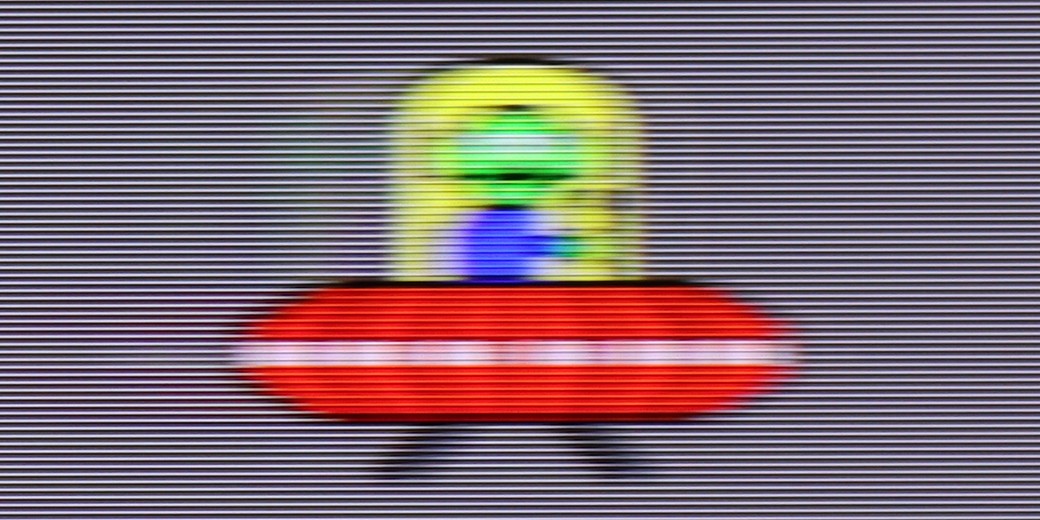

Blur ():
Blur (4K@144Hz):

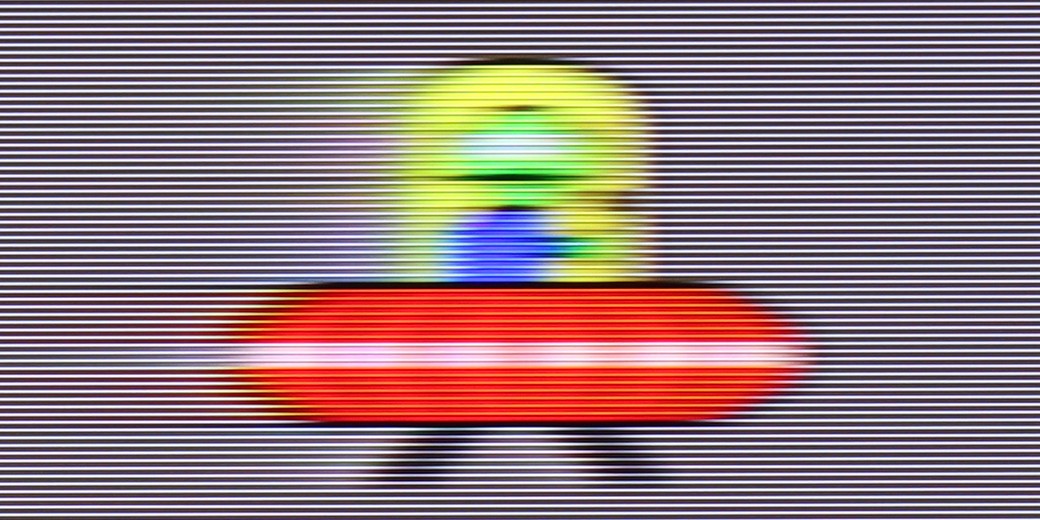
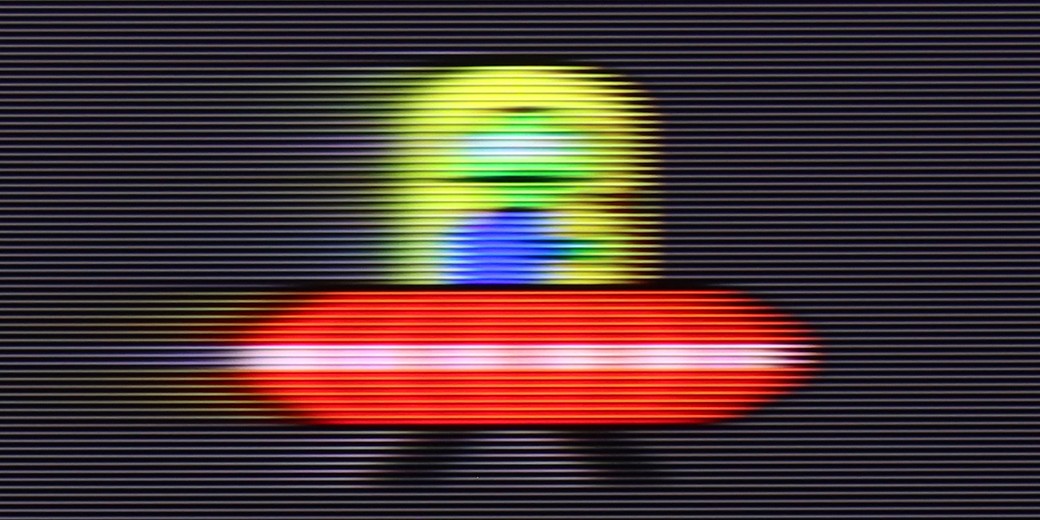
The TCL A300 is equipped with a 144 Hz panel, which should immediately satisfy practically everyone – both gamers and sports fans. The motion is smooth, and the picture is clear even in fast scenes. Additionally, the television offers a motion enhancement feature called "Motion," where we can find two sliders on a 10-point scale. These allow for adjusting the effect to personal preferences – from a classic, cinematic look with visible frames to a very smooth (though already unnatural) image reminiscent of a soap opera effect. Thanks to this, everyone can find a setting that suits them.
LG QNED93A is equipped with a 144 Hz panel. This is primarily a nod to gamers, but the fact that higher refresh rates are increasingly making their way into televisions can be seen as a positive development. In everyday viewing, 120 Hz remains key, and in this regard, the QNED93A performs well. The manufacturer also provides the option to adjust the image through the TruMotion system – the De-Judder and De-Blur sliders allow you to choose between a cinematic motion character with visible frames and a fully smoothed theatrical motion.
Console compatibility and gaming features
9.8/10
9.8/10
- ALLM
- VRR
- VRR range48 - 144Hz48 - 144Hz
- Dolby Vision Game Mode
- Correct implementation of HGIG
- 1080p@120Hz
- 1440p@120Hz
- 4K@120Hz
- Game bar

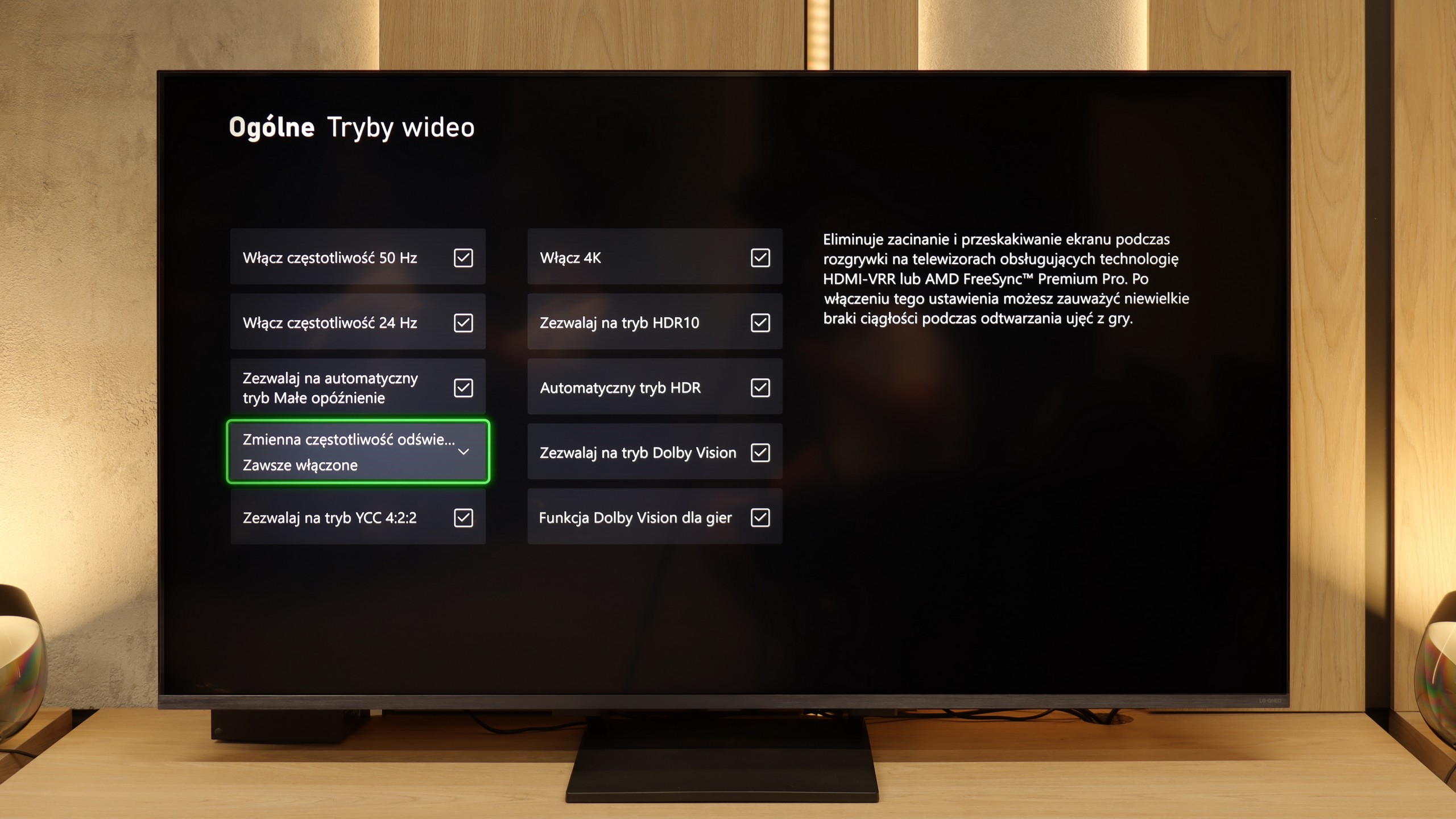

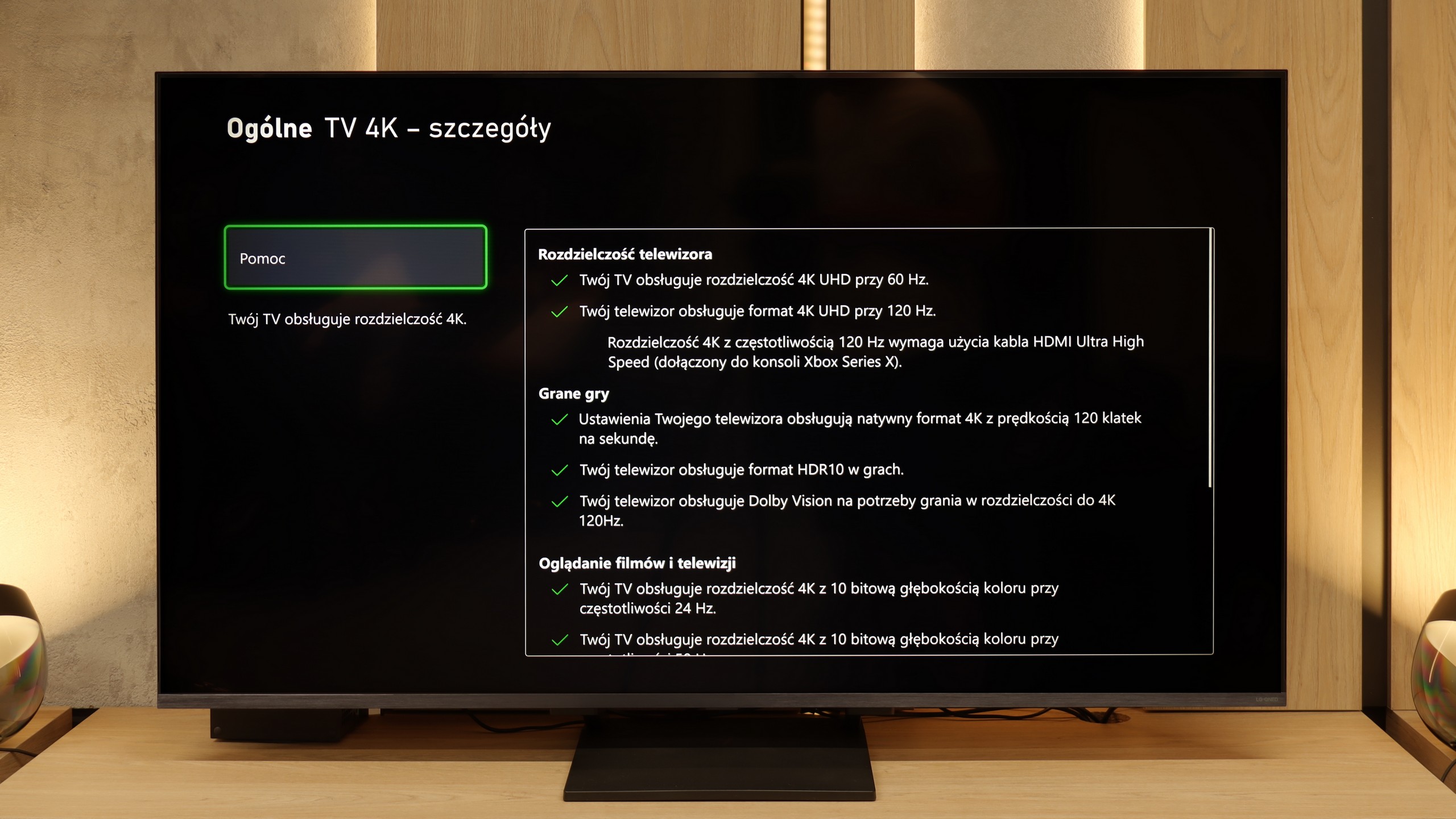

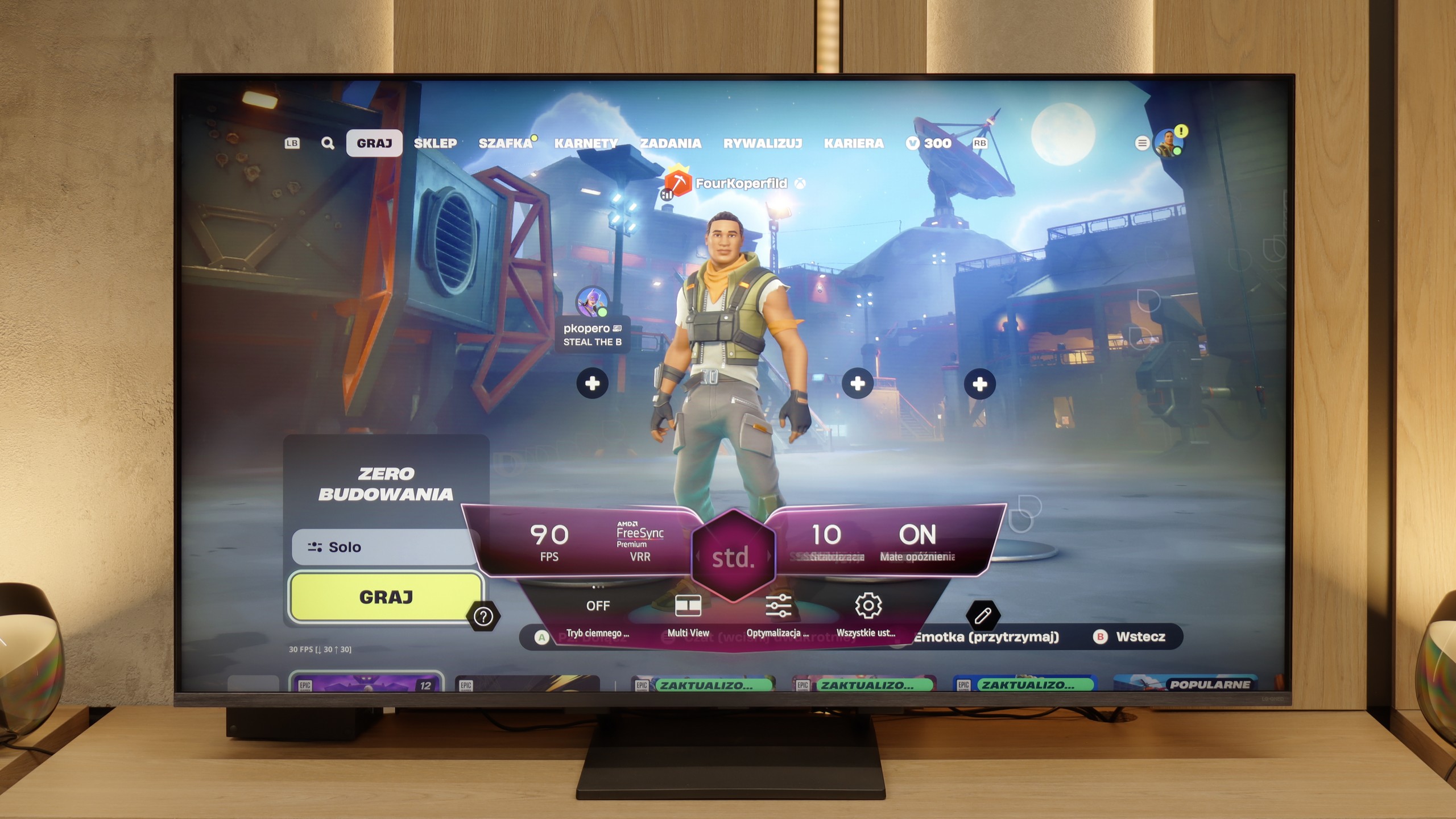

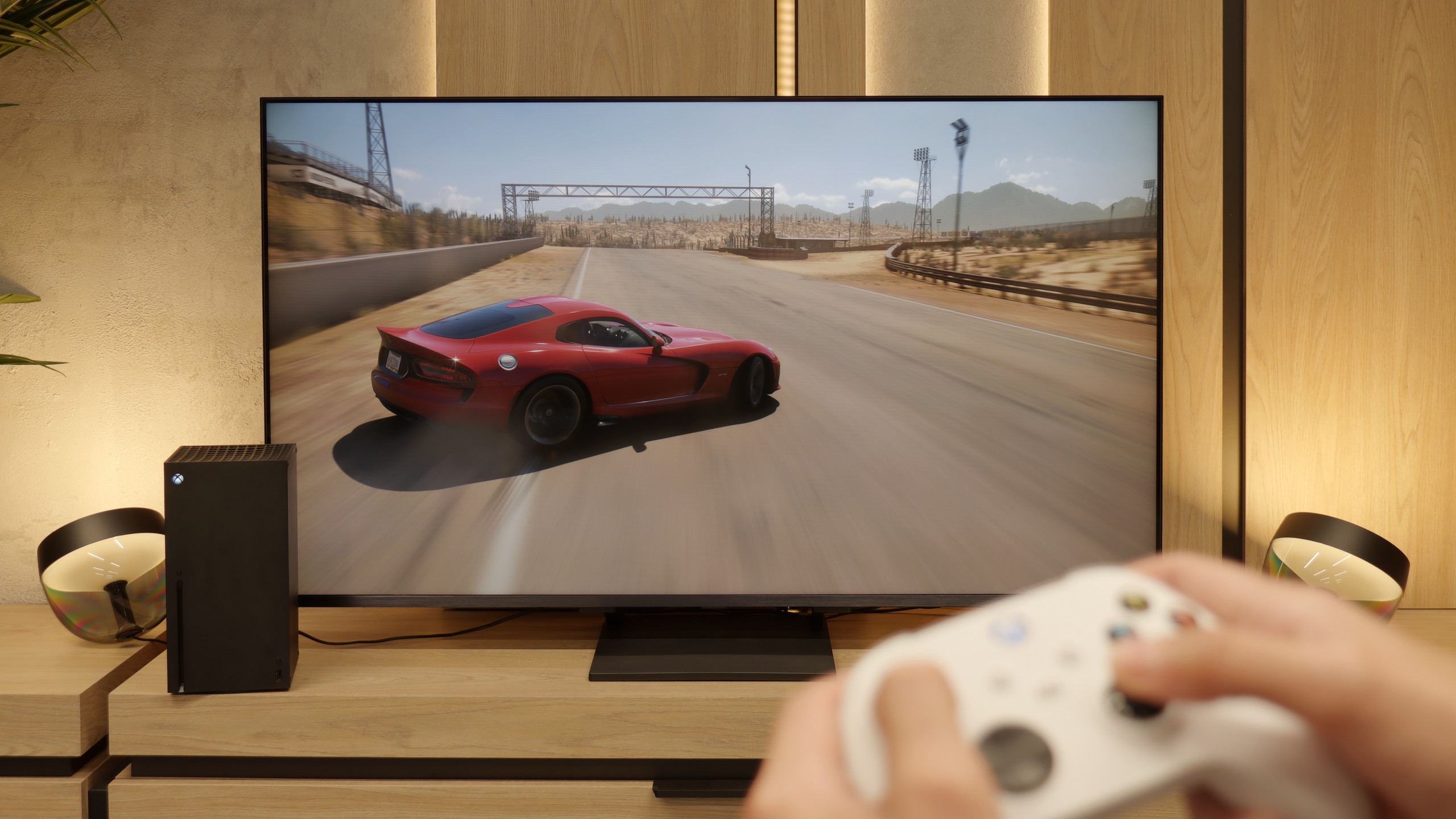
TCL A300 is a television designed not only to transport us to a digital art museum but also to a full-fledged gaming world. It offers practically everything you would expect from gear for gamers: two HDMI 2.1 ports with full bandwidth, 144 Hz refresh rate, VRR support, and ALLM.
The correct implementation of the HGIG mode is also a plus – something that competing Hisense sometimes struggles with. The television easily handles lower resolutions (e.g., Full HD) while maintaining high refresh rates, which will be appreciated by owners of older consoles or PCs.
In addition, there’s an attractive and clear GameBar that facilitates quick access to settings for gamers. The A300 is truly well-prepared for gaming at the highest level – it's just a shame that issues with motion blur slightly tarnish its overall image as a gaming device.
LG QNED93A is a television that has undoubtedly been designed with gamers in mind. Right from the start, we get a complete package – all four HDMI ports operate at standard 2.1, so whether we connect a console, PC, or receiver, we can be sure of full compatibility. This is important because many manufacturers still limit themselves to two ports, and here nothing prevents all equipment from having maximum capabilities. There’s also an automatic game mode (ALLM), which switches the television to the appropriate settings when the console starts up, as well as variable refresh rate (VRR). This ensures that the image does not stutter or tear, even when the frame rate drops – whether in dynamic shooters or during races.
The 144 Hz panel gives an additional advantage in computer games. While 120 Hz is sufficient for consoles, in the case of PCs, the QNED93A allows for even more – every movement, every glance to the side is refreshed faster, which makes a difference especially in e-sports. The manufacturer also considered HDR in games – the television supports the HGiG mode, which provides guidelines to ensure that the lighting effects are exactly as intended by the game developers. For dessert, we get Game Bar – a special informational strip invoked on the screen that shows parameters in real-time. You can check the frame rate, active VRR functions, or input lag levels. This solution is useful not only for settings enthusiasts, but for anyone who wants to quickly verify what mode the television is operating in and whether everything is working as it should.
Input lag
9.7/10
9.8/10
SDR
HDR
Dolby Vision
In terms of input lag, the TCL A300 performs really well. Values below 10 ms at a 120 Hz refresh rate are something many gamers dream of – such low lag is practically imperceptible, both during everyday gaming and in more demanding esports titles. One could indeed point out the result of 23 ms in Dolby Vision mode at 60 frames, but it is still a low enough value that it's hard to have serious objections. In this category, the A300 truly excels.
In the latency field, the LG QNED93A has nothing to be ashamed of. The TV responds instantly to our actions, which is evident from the first tests with the controller in hand. In 120 Hz mode, the input lag drops to around 7 ms, meaning nearly instant response – shots, passes, and precise movements of the stick immediately translate to the screen. For 60 Hz content, the result slightly increases to just under 15 ms, but it still remains within the full comfort zone. An interesting feature is the Dolby Vision mode for games, which works with the Xbox Series X on the QNED93A. Here, the lag increases to about 20 ms. In theory, this could be considered a deterioration, but in practice, it’s still a very good result. Even with such a demanding picture standard, gameplay remains dynamic, and the differences in control are practically imperceptible.
Compatibility with PC
8.2/10
8.6/10

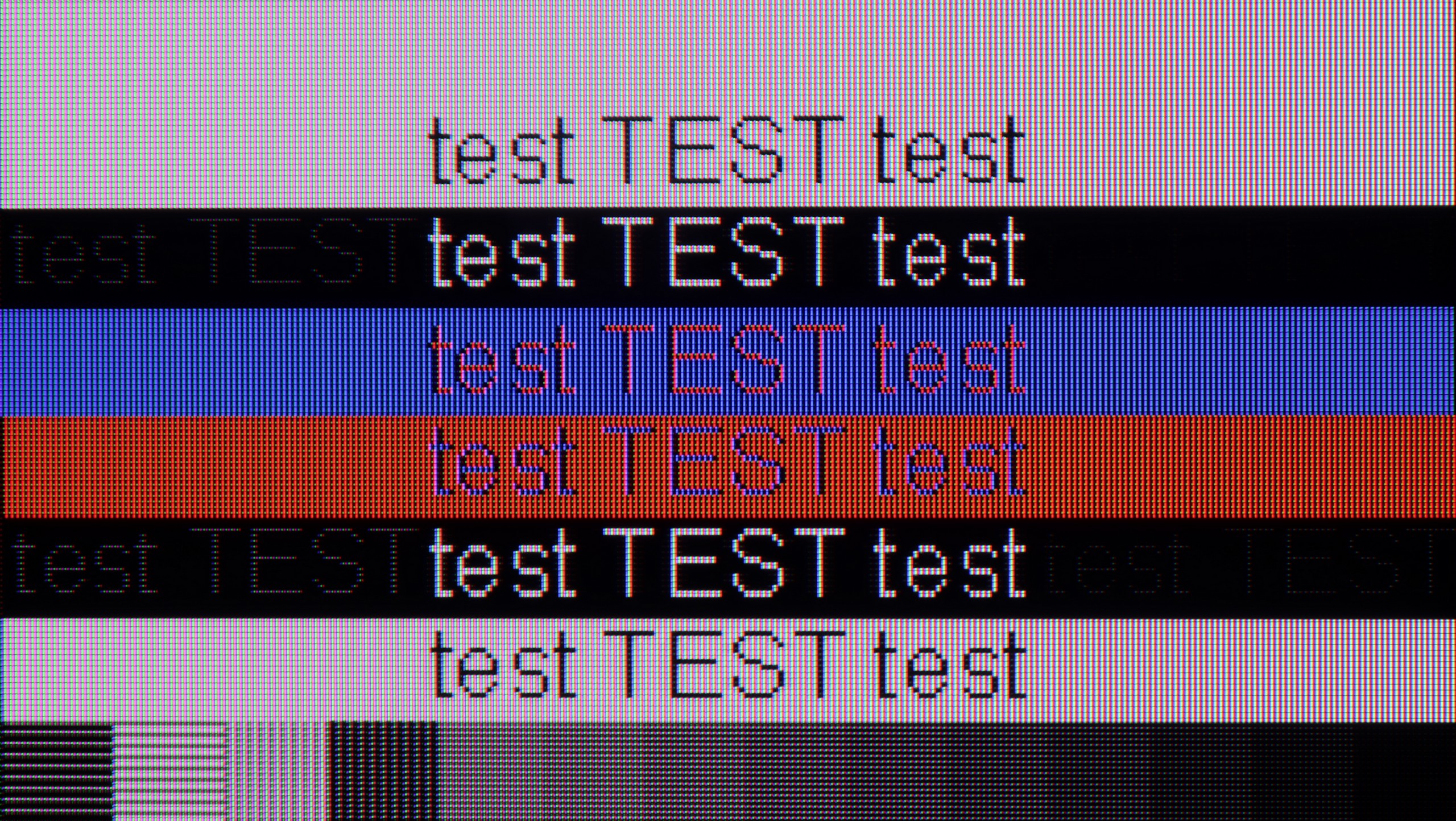
If we plan to use the TCL A300 as a monitor for a computer, we may be pleasantly surprised. The television performs really well in this role. It is equipped with a 144 Hz panel, supports G-Sync, and, as we mentioned, offers very low input lag, so gaming on it with a connected PC is pure pleasure.
Working with text is also possible, although with some limitations. The TCL A300 has slight issues displaying dark fonts and thin lines – this stems from the structure of the subpixels, which can be somewhat bothersome in everyday use, even though it looks better in pictures than in reality.
The television supports chroma 4:4:4, but only up to 120 Hz. That's why we noted that this feature is available, but with a limitation – if we care about perfectly legible fonts, it's worth sticking to a refresh rate of 120 Hz. At 144 Hz, the sharpness of the text may suffer slightly.
A new feature in this year's model is full support for 144 Hz refresh rate, which PC gamers will appreciate. The QNED93A works with both Nvidia graphics cards, offering compatibility with G-Sync, and with AMD products, where it supports FreeSync Premium Pro. This ensures smooth gameplay without screen tearing or stuttering, and the panel itself performs very well in dynamic esports titles and demanding AAA productions.
Equally important is the clarity of the image in everyday work. The television supports chroma 4:4:4, so fonts in Windows and applications are sharp and clear. However, we noticed a small detail - with a dark background and bright letters, subtle horizontal lines may appear due to the arrangement of subpixels. This is a minor detail that does not affect the comfort of using the television on a daily basis, but perfectionists may notice it after spending more time with text. But we don't think anyone would want to work on a 55-inch screen with text sitting less than 1 meter away from it 😉.
Viewing angles
3.2/10
2.9/10
The viewing angles on the TCL A300 NXTVision are – let's be honest – average. The television is equipped with a VA panel, which inherently has quite limited angles, and unfortunately, you can clearly see that here. The film below speaks for itself – even a slight deviation from the axis results in a noticeable drop in contrast and color saturation. It’s a pity that this is another frame-style television that hasn’t done anything about it. After all, we don’t always have the option to sit perfectly straight in front – especially if the device is also meant to serve a decorative function in the living room.
QNED93A uses a VA matrix, and that means one thing: the category of viewing angles becomes its Achilles' heel. Already at an angle of about 45 degrees, brightness drops by as much as 80%, and colors begin to noticeably fade. This is the natural price for the high contrast that VA panels offer. There is no additional coating to improve angles, as found in some more expensive models, so the QNED93A looks best when viewed directly. If you are planning a large family viewing, where some viewers will sit more to the side, you should expect that the image will not be as attractive as it is at the center of the screen.
Daytime performance
4.7/10
6.2/10

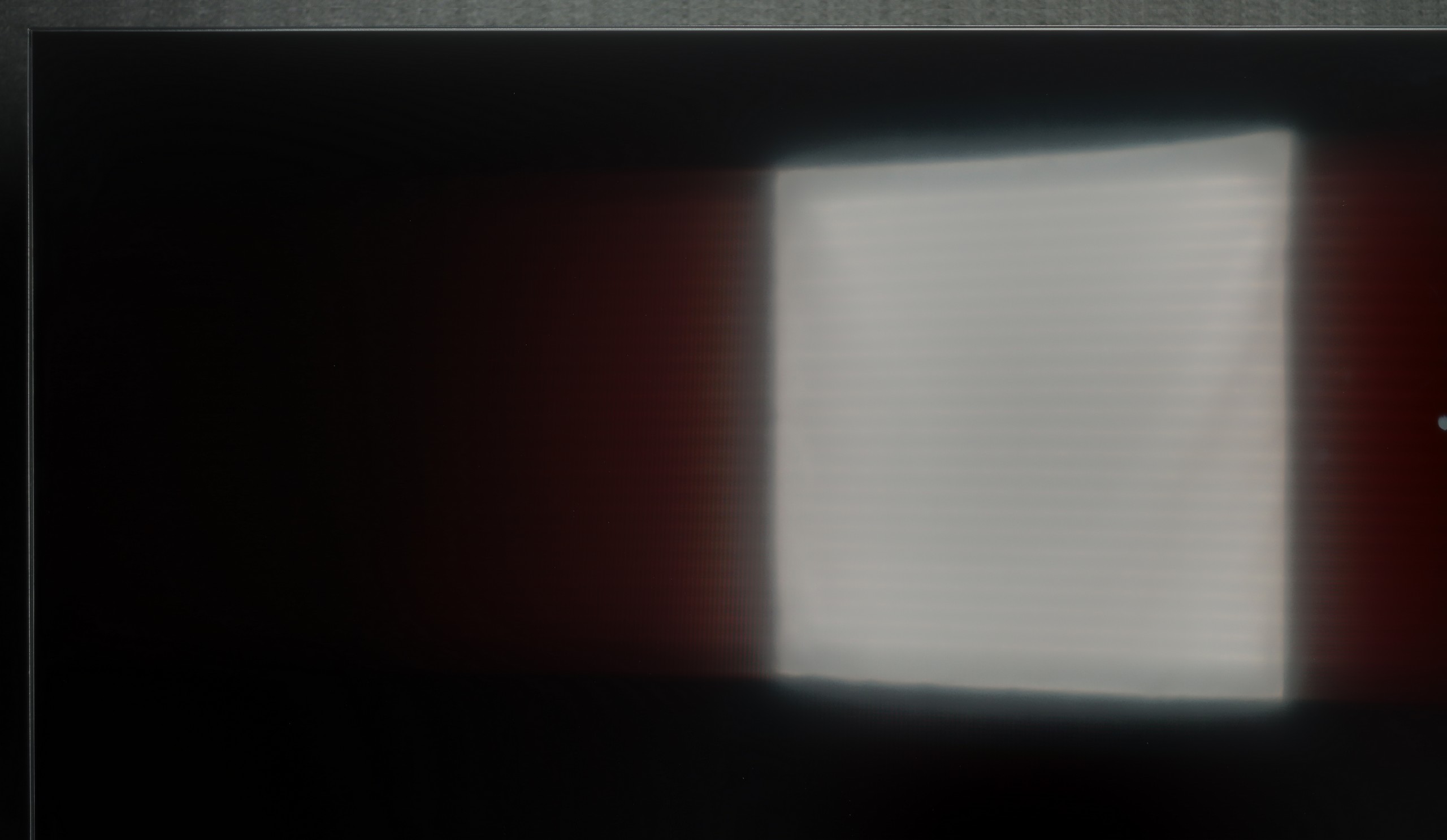

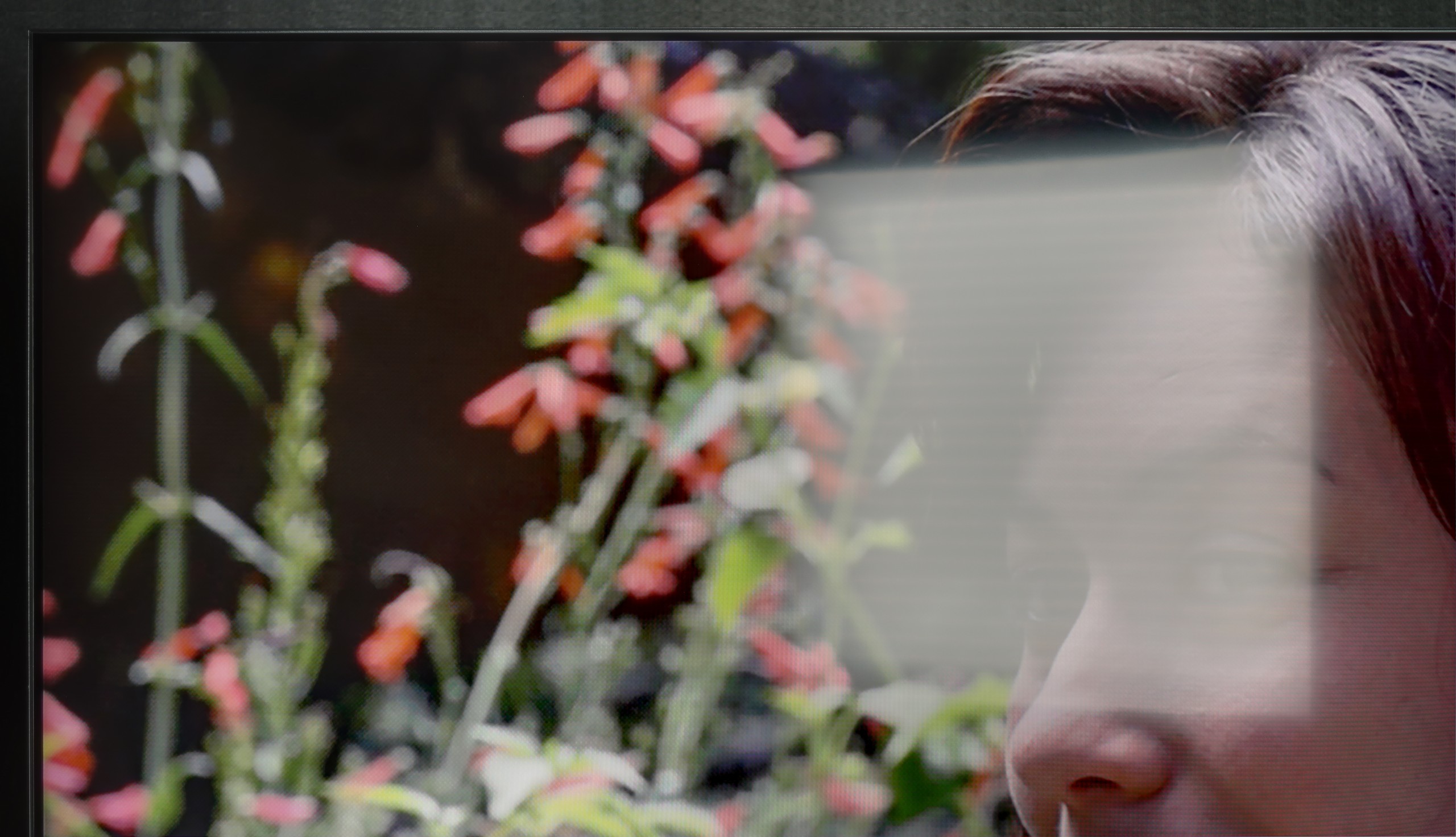
Panel brightness
Average luminance SDR
LG QNED93A / QNED90A: 546 cd/m2
TCL A300W NXTVision: 388 cd/m2
The TCL A300 NXTVision is equipped with a matte panel very similar to the one found in one of its Chinese competitors – the Hisense S7NQ model. Such a surface does quite well in suppressing reflections, although it must be admitted that it performs worse than Samsung's The Frame, which offers a definitely higher level in this respect. As is often the case with matte displays, blacks during the day lose depth and appear more gray than black – and this is no different here. Unfortunately, the fact that the A300 is the darkest television among the tested trio does not help either. As a result, it has a real problem standing out in heavily sunlit rooms.
LG QNED93A uses a satin matrix that handles reflections moderately well. It is certainly not at the level of matte screens, but it doesn't have the mirror-like effect seen in models with a glossy surface. As a result, reflections are not too bothersome, and colors maintain their intensity even when light from the window hits the screen. Brightness is also a plus. The average level in HDR mode stays within 550-600 nits. This means that the television performs well in well-lit rooms, and you can enjoy a viewing experience even during the day when the blinds are only partially closed. In the role of a large screen in the living room, the QNED93A really performs well.
Panel details
Subpixel Structure:
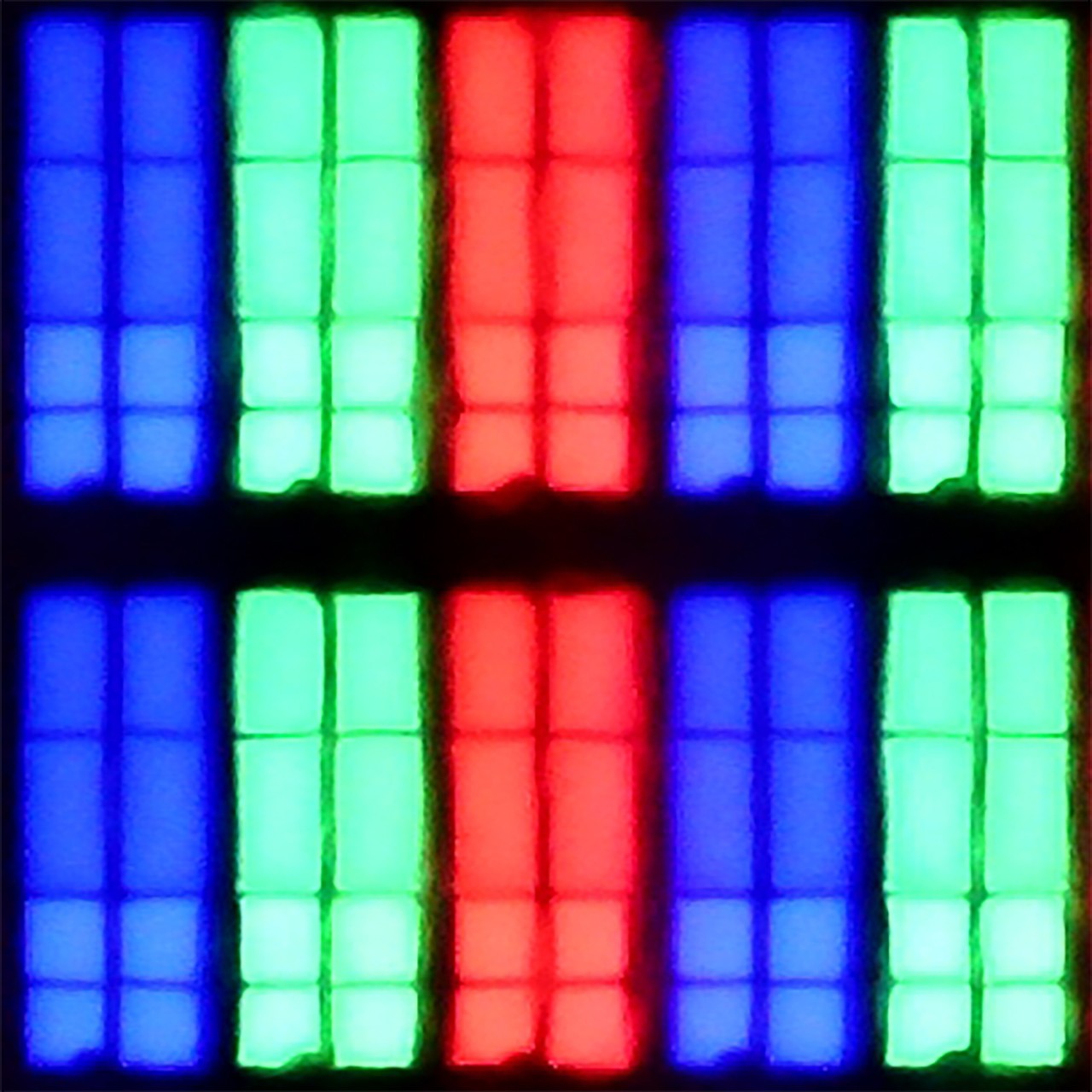
Panel uniformity and thermal imaging:

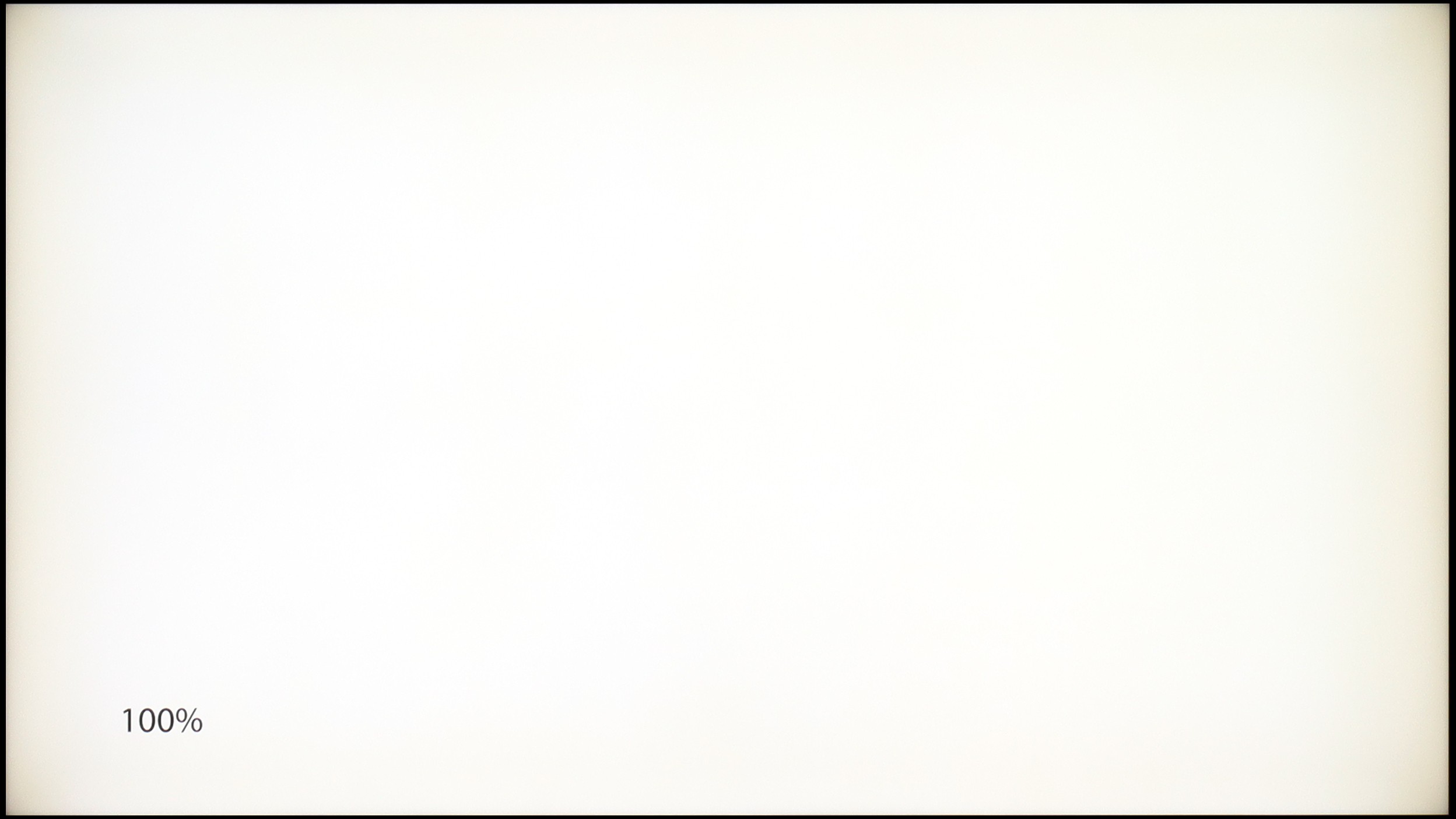
TCL A300W NXTVision
LG QNED93A / QNED90A
TV features
7/10
8.2/10
- HDMI inputs2 x HDMI 2.0, 2 x HDMI 2.1 48Gbps0 x HDMI 2.0, 4 x HDMI 2.1 48Gbps
- OutputsToslink (Optical audio), eARC (HDMI), ARC (HDMI)Toslink (Optical audio), eARC (HDMI), ARC (HDMI)
- Network InterfacesWi-Fi 2.4GHz, Wi-Fi 5GHz, Ethernet (LAN) 100MbpsWi-Fi 2.4GHz, Wi-Fi 5GHz, Ethernet (LAN) 100Mbps
- TV receptionDVB-T, DVB-T2, DVB-S, DVB-S2, DVB-CDVB-T, DVB-T2, DVB-S, DVB-S2, DVB-C
Classic features:
- Recording to USB (terrestrial TV)
- Recording programming
- Picture in Picture (PiP)
- RF remote control (no need to aim at the screen)
- Backlit remote control
- Teletext
- Audio only mode
- Bluetooth headphones support
- Simultaneous Bluetooth headphones & TV audio
Smart features:
- AirPlay
- Screen mirroring (Windows Miracast)
- Voice search
- Voice search in native language
- Ability to connect a keyboard and mouse





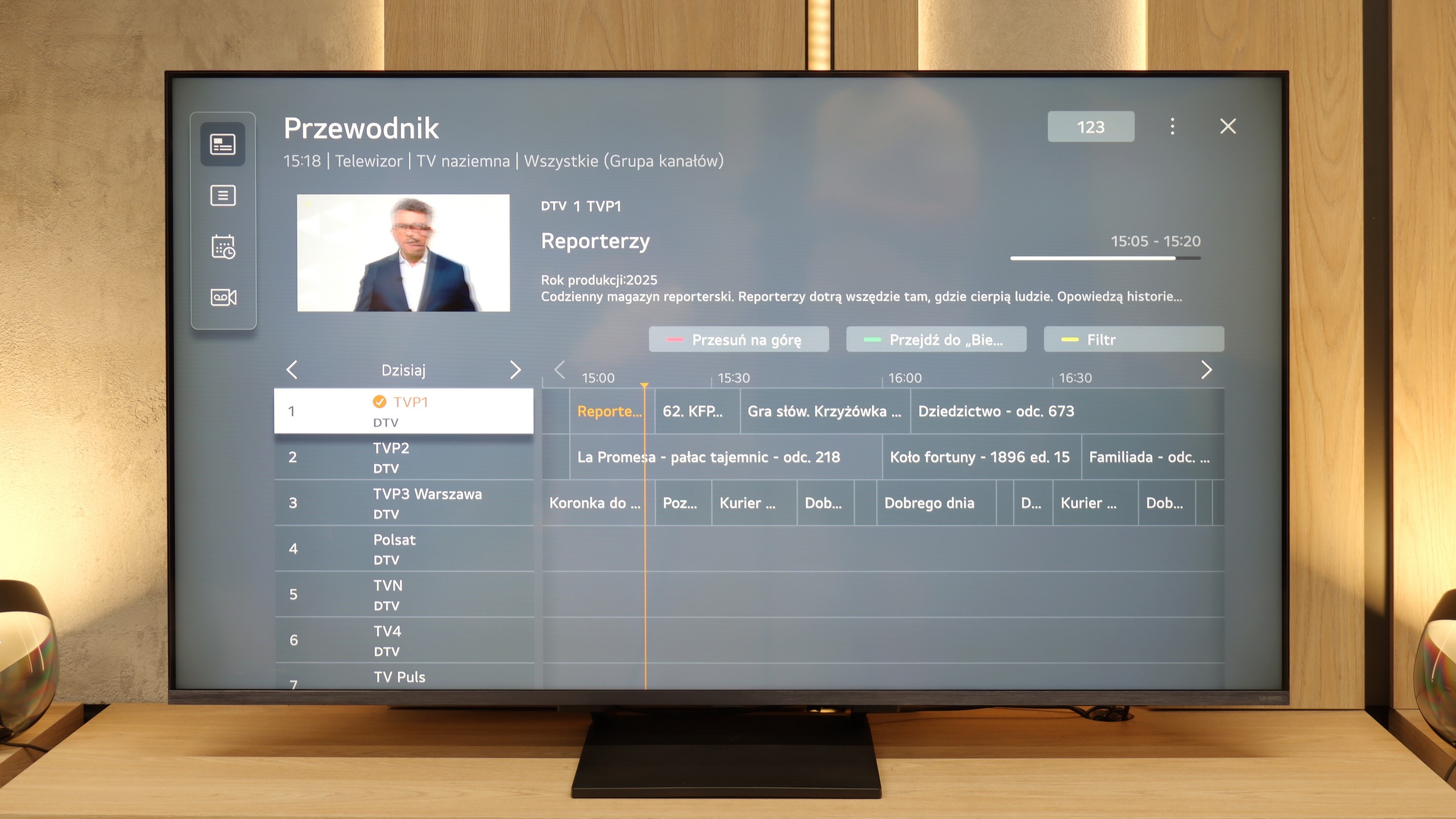
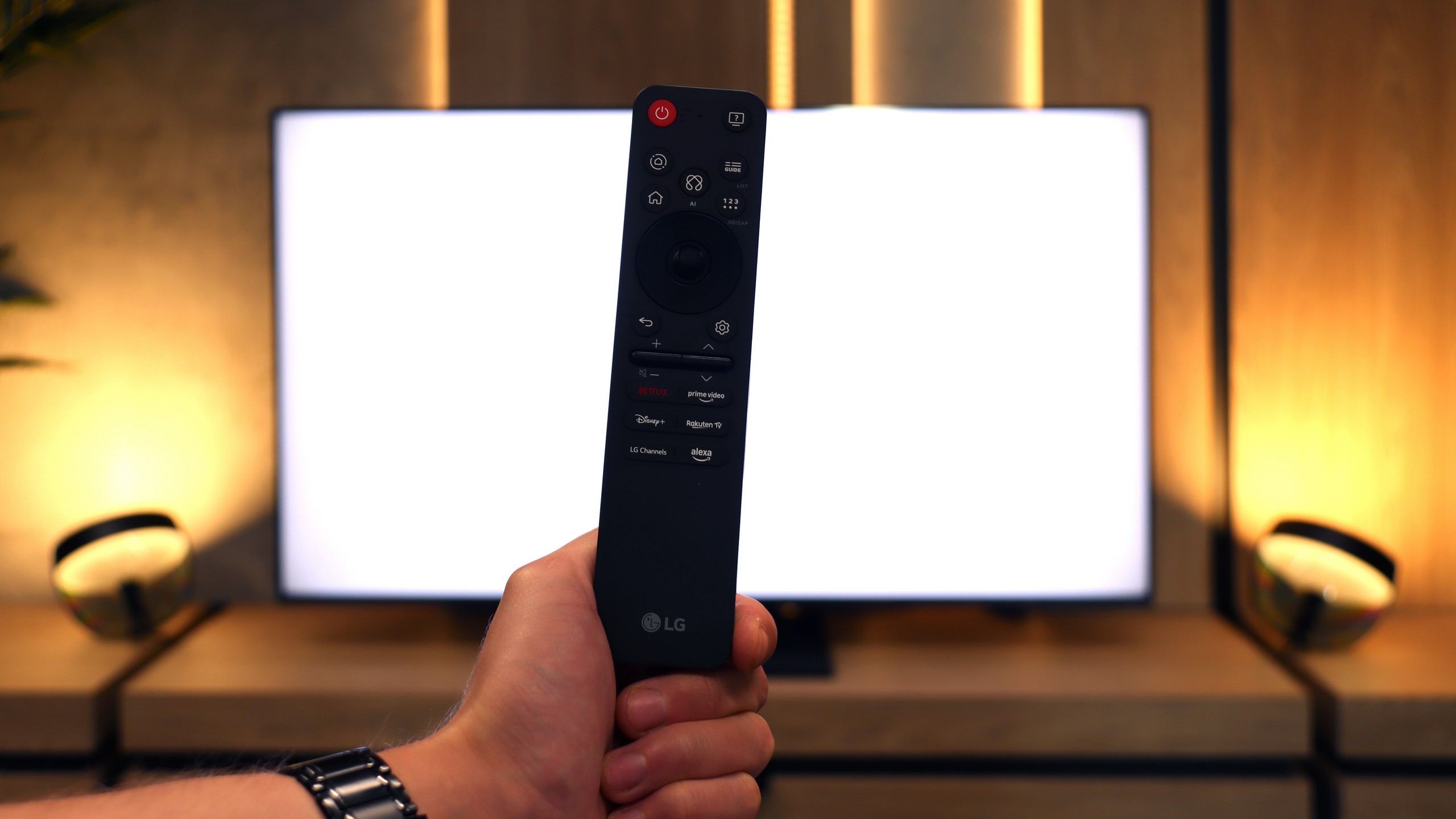
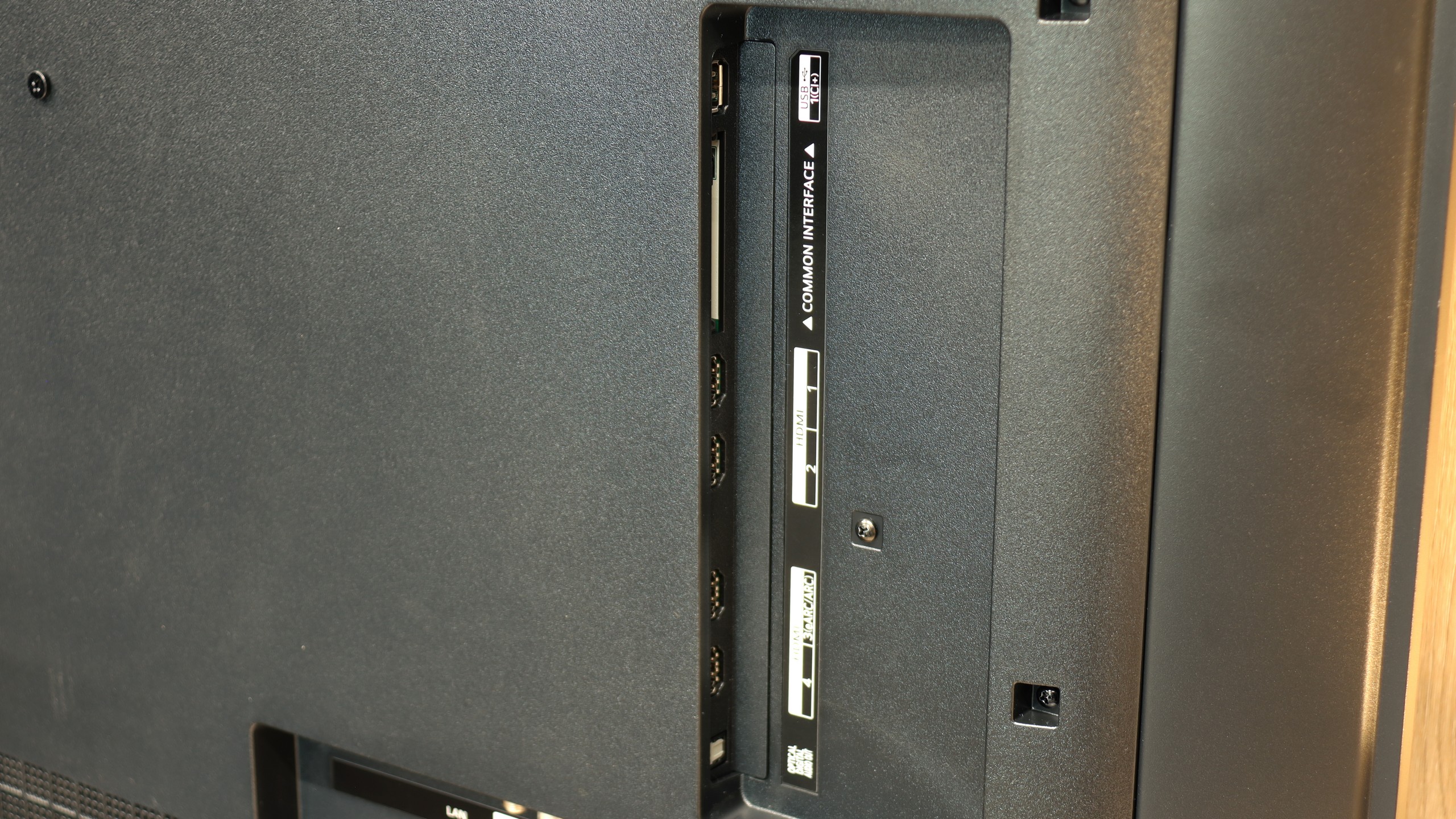
TCL A300 is a television styled like a painting, which in everyday use can successfully imitate a work of art hanging on the wall. It is equipped with a special image display mode, additional frames in a light wood tone, and a flat wall mount that allows the TV to be hung like a real painting – flush against the wall.
A significant advantage of the picture mode is that it is completely free. We have access to dozens of artworks from which we can choose what should be displayed in standby mode – instead of a black screen, the image selected by us stays on the wall. The quality of the graphic reproduction is decent, but it must be admitted that it clearly falls short compared to that of Samsung's ART Store. Although access to the images there is paid, the quality of the scans is significantly better – you can see the texture of the paint, canvas, and details. In the TCL A300, it resembles high-quality photos more than realistic reproductions of artworks. Additionally, the implementation of the picture mode in the system leaves much to be desired. For example – if we set the brightness in picture mode to 10%, this same value automatically transfers to the regular viewing mode, where we could easily set the brightness to 50% or even 100%. It also works the other way around – when we set the brightness to 100% in regular mode, after switching to gallery mode, the images are displayed with that same maximum brightness, shining too intensely and losing the entire effect of "a picture on the wall." These are minor but annoying errors that can ruin the impression of what was supposed to be visually subtle and elegant.
Moving on to more classic features – the A300 runs on the Google TV system, which currently offers by far the largest selection of applications (full list available below). The well-functioning voice assistant with support for the Polish language is also a significant plus. As is standard – as in most TCL televisions – there is a lack of USB recording functionality or picture-in-picture (PiP) mode.
Smart Features
QNED93A operates under webOS, one of the most enjoyable Smart TV systems. It includes AirPlay, Screen Mirroring, Chromecast, and convenient voice control. The platform is reasonably clear and mostly fast, although in the tested unit, there were instances where the response to pressing the remote required a moment of "thought." However, it is hard to consider this a serious issue – webOS remains a refined system and will likely receive further updates to improve it even more.
Classic Features
In this model, LG did not include the old Magic remote with a numeric keypad, but the TV itself performs excellently as a screen for everyday viewing of antenna channels. The EPG interface is clear, the TV offers a television guide, and we have the ability to record programs from the built-in tuners directly onto a USB drive. Everything works correctly and intuitively. We only missed the PiP function, which in 2025 is offered by just two manufacturers.
Magic Remote
The Magic remote is still the biggest difference compared to the competition. In 2025, it underwent a slight facelift – it has fewer buttons and resembles the minimalist remotes from Samsung a bit. However, the cursor remained key, functioning like a magic wand. Just move your hand, and the pointer on the screen follows your movement. It’s incredibly simple yet very convenient. Navigation in the menu or entering passwords is much faster, and it’s hard to switch back to classic buttons afterwards.
Playing files from USB
8.9/10
8.8/10
Supported photo formats:
Maximum photo resolution:

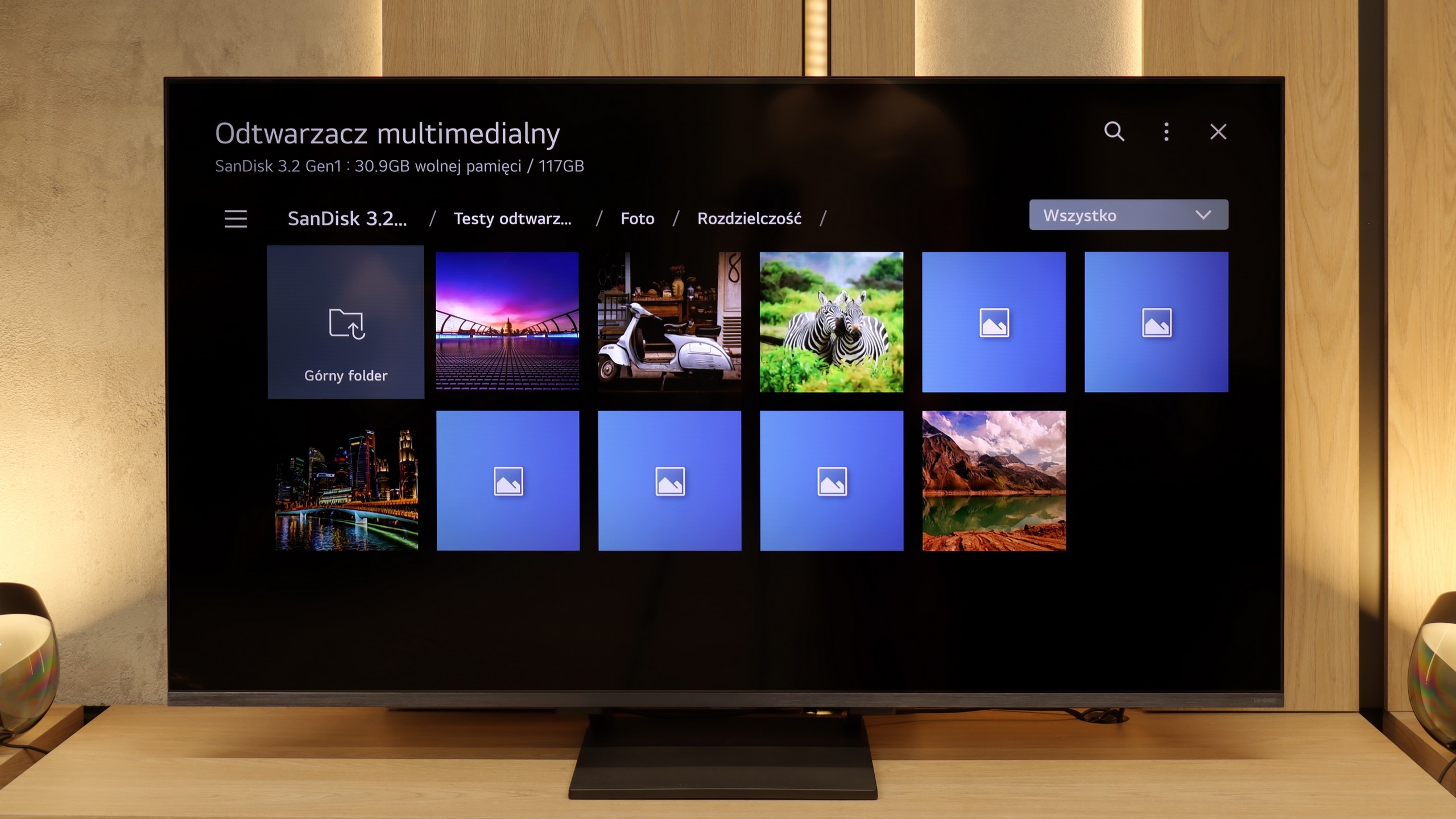
The built-in player in the TCL A300 works as it should – most popular video and photo files play without any issues. Although it lacks support for the HEIC format from Apple (which is quite common in many TVs), most users still rely on the AirPlay feature, so it shouldn't pose a major problem. If someone is not satisfied with the default player, the Google TV system offers considerable options – it's easy to install an alternative app that better matches our preferences. Nonetheless, it must be admitted that the factory solution is completely sufficient for everyday use.
The built-in media player in the LG QNED93A handles most popular video and audio formats without any issues, so it’s perfectly sufficient for basic use. However, during testing, we noticed two minor hiccups. The first is the lack of support for HEIC files, which is Apple’s photo format. The manufacturer claims that the television should open them, but in practice, we were unable to confirm that. The second issue involved text files with subtitles in TXT format. Fortunately, other, more common subtitle formats worked without any problems, so it's hard to consider this a real limitation in everyday use.
Apps
9.6/10
9.1/10














































Sound
6/10
6.9/10
- Maximum volume-81dB
- Dolby Digital Plus 7.1
- Dolby True HD 7.1
- Dolby Atmos in Dolby Digital Plus (JOC)
- Dolby Atmos in Dolby True HD
- DTS:X in DTS-HD MA
- DTS-HD Master Audio
When it comes to sound, the TCL A300W – like its competitors – sounds quite... flat, after all, we are talking about a super slim TV. For everyday watching of news or series, this level is completely sufficient, but during movie screenings, it may clearly lack depth and space. On the plus side, it’s worth noting that the TV supports both Dolby Atmos and the increasingly rare DTS:X – which provides more options when connecting an external audio system. It’s also worth mentioning that the A300 PRO model is equipped with a dedicated, flat soundbar. And it's no ordinary one – it sounds better than most of the TVs we tested.
LG QNED93A sounds quite pleasant for the built-in speakers in the television. The sound is fairly clear, and at moderate volume levels, vocals and dialogues come across distinctly. The bass, as is usually the case in relatively slim constructions, is not the strongest, but its presence can be felt and is completely sufficient for everyday viewing of series. The maximum volume reaches around 81 dB and does not lead to strong distortions, although in more demanding cinematic scenes, it's noticeable that the system has its limitations. Overall, the sound can be described as acceptable and not off-putting. It definitely won't compete with a soundbar, but it also won't ruin your movie experience.
Acoustic Measurements
No acoustic data
81dBC (Max)
75dBC
